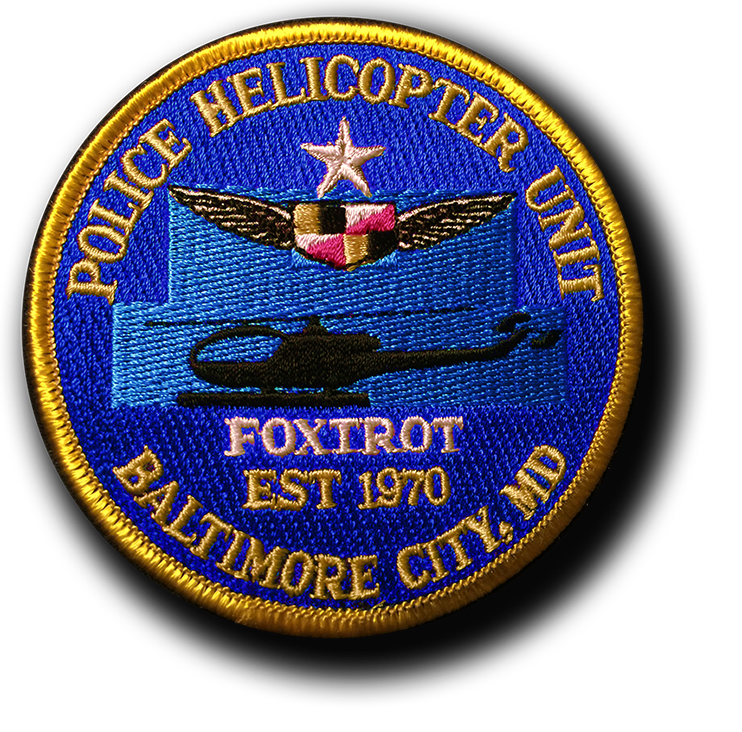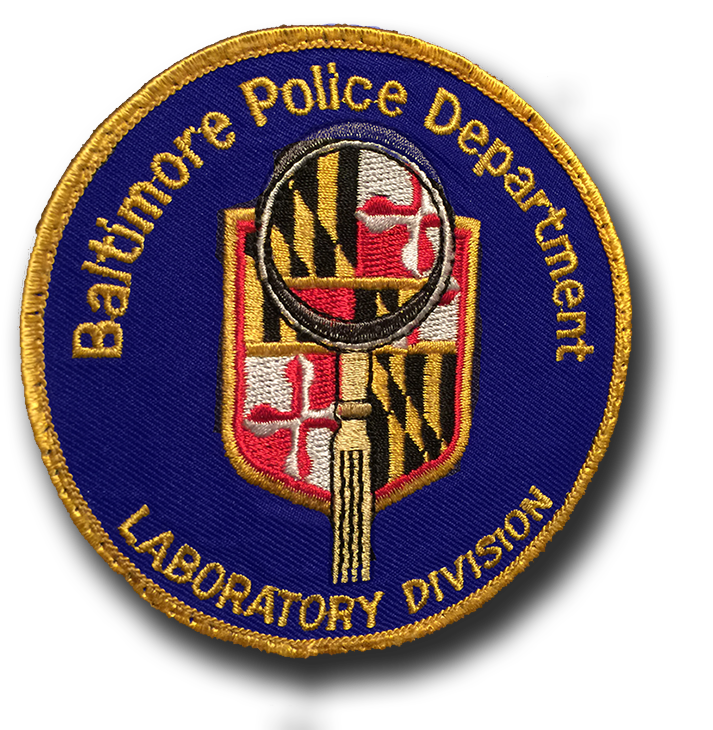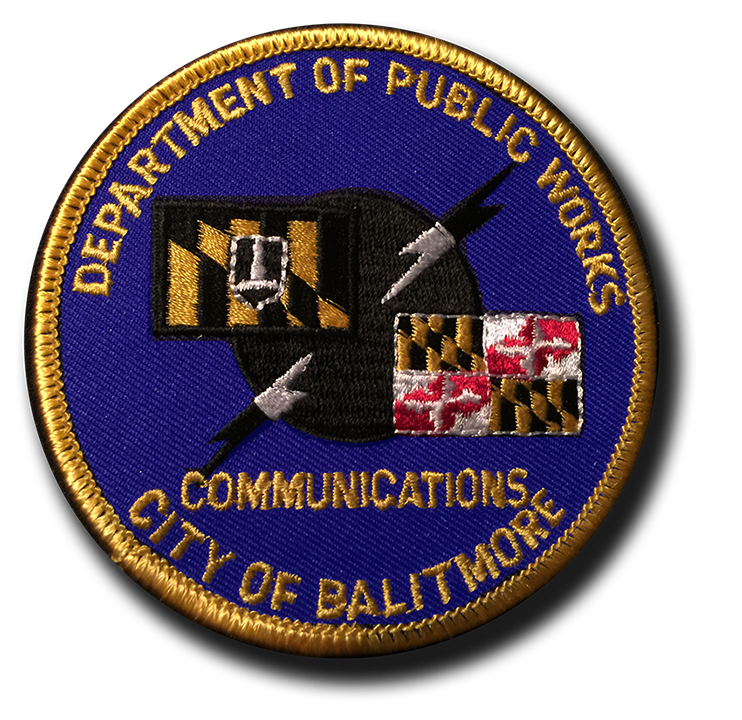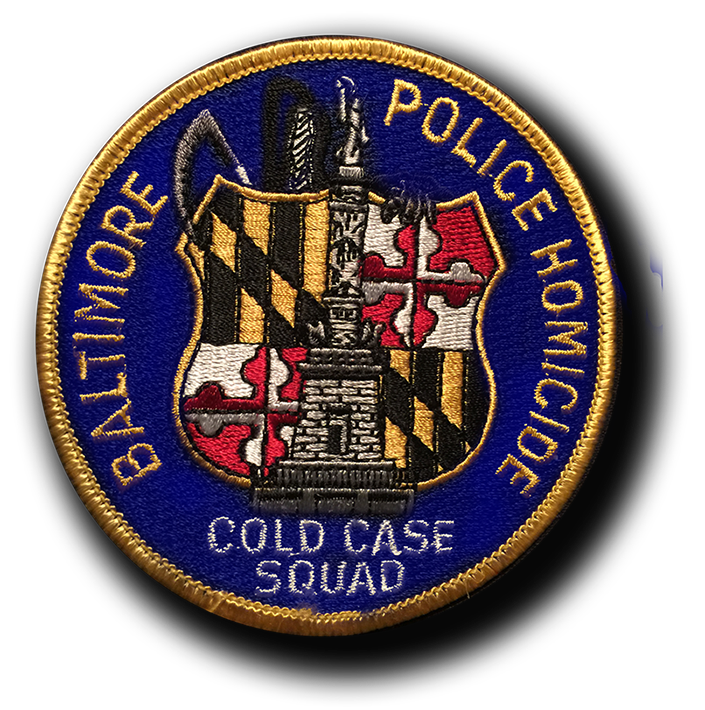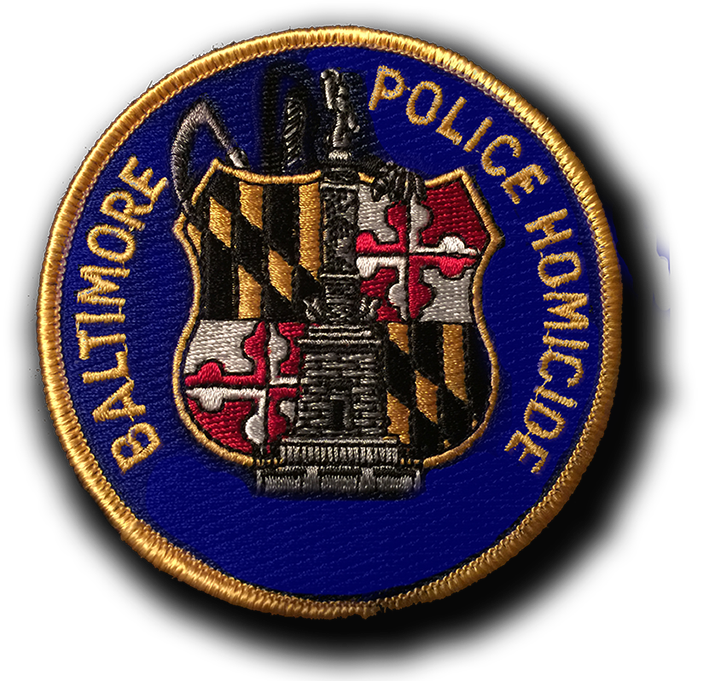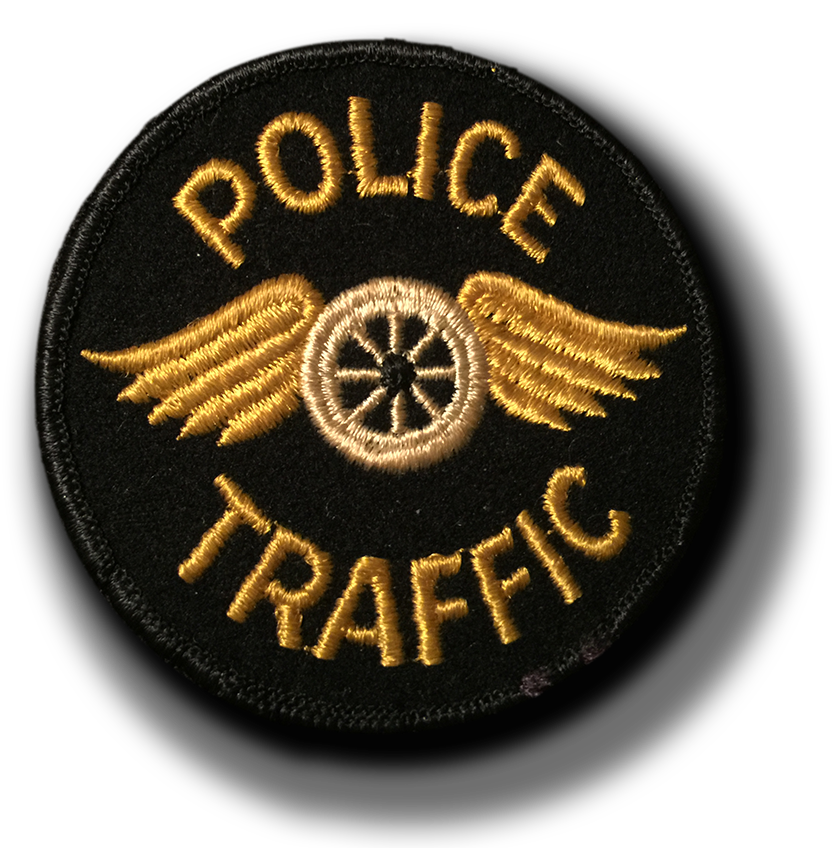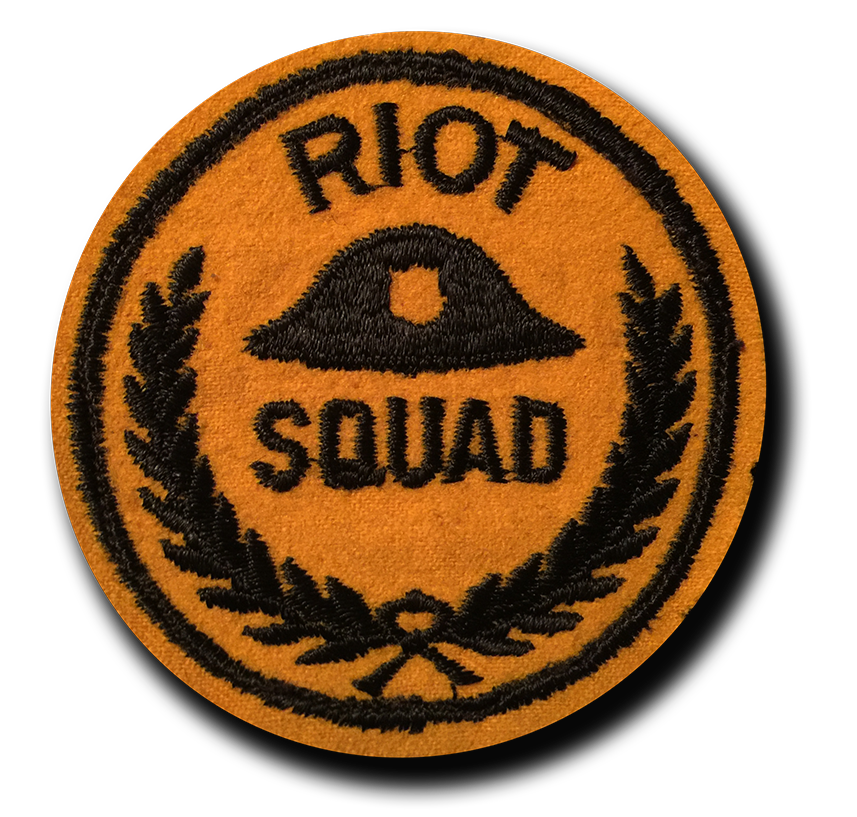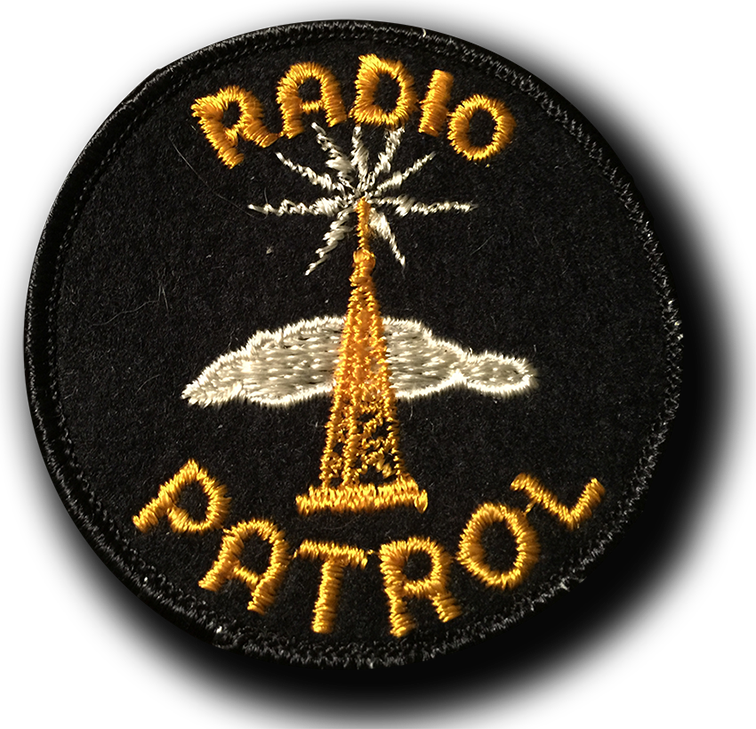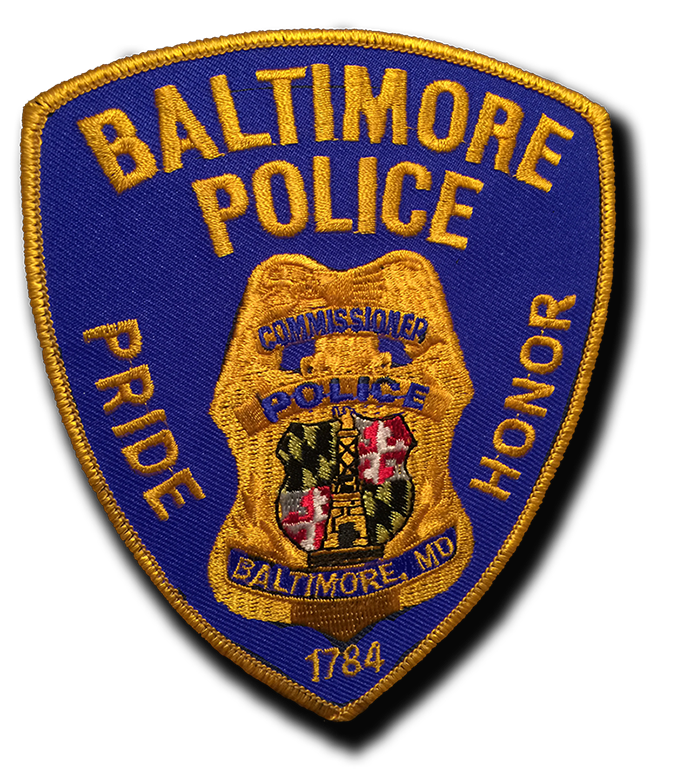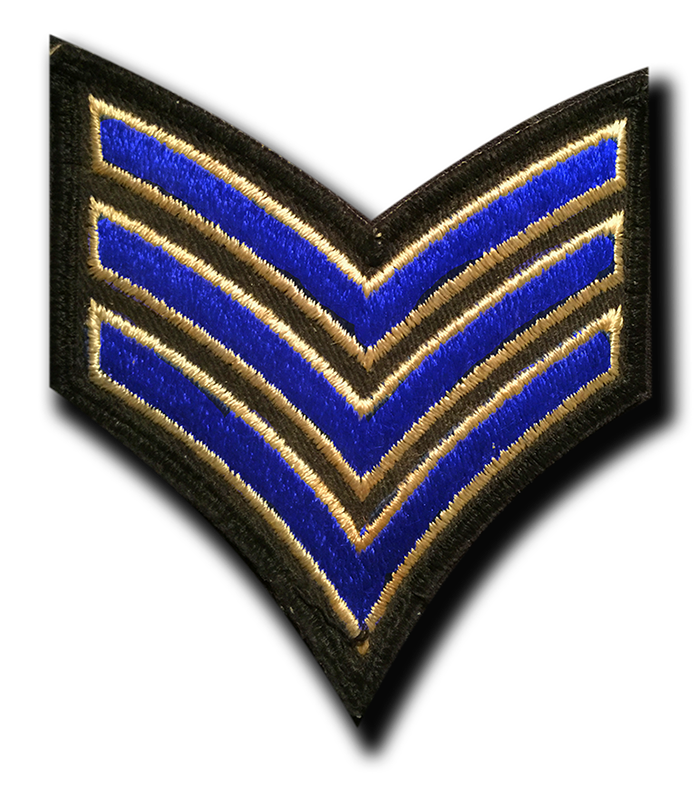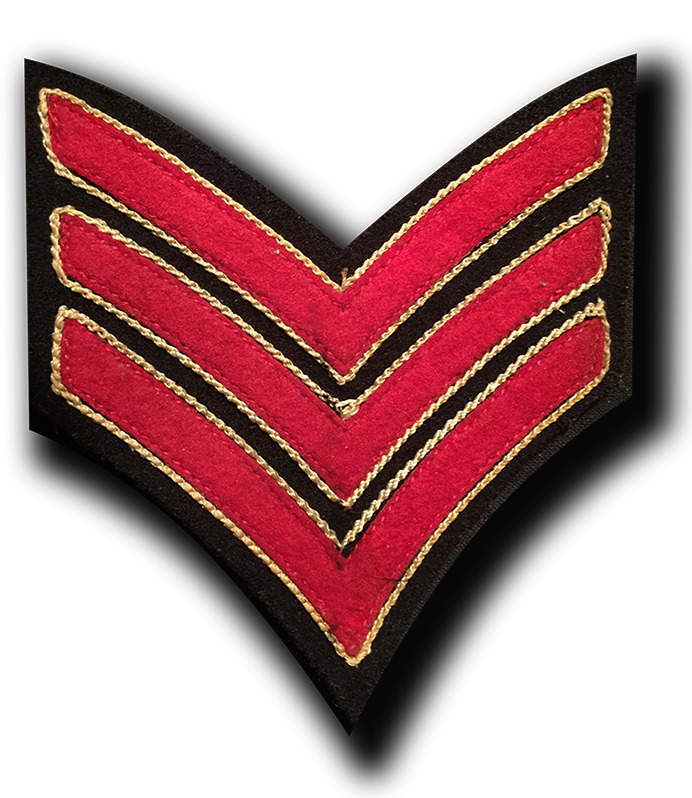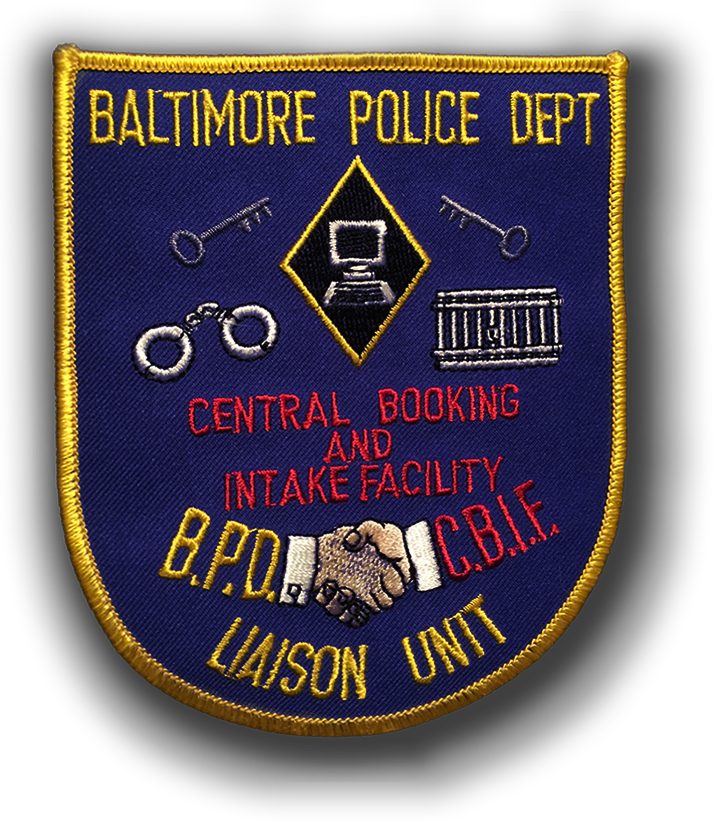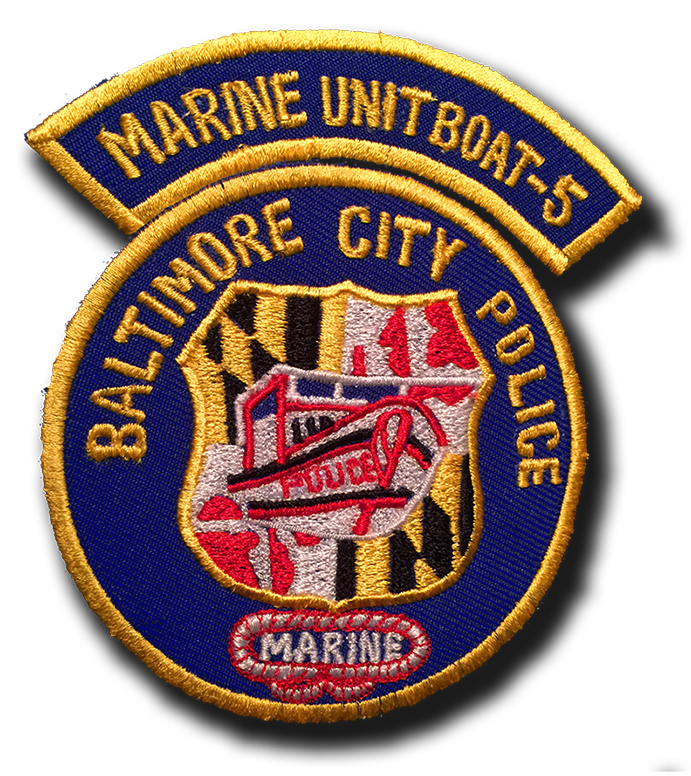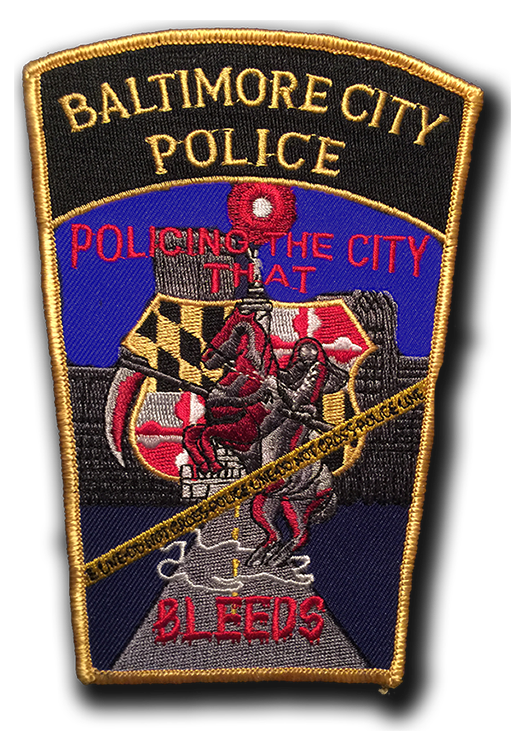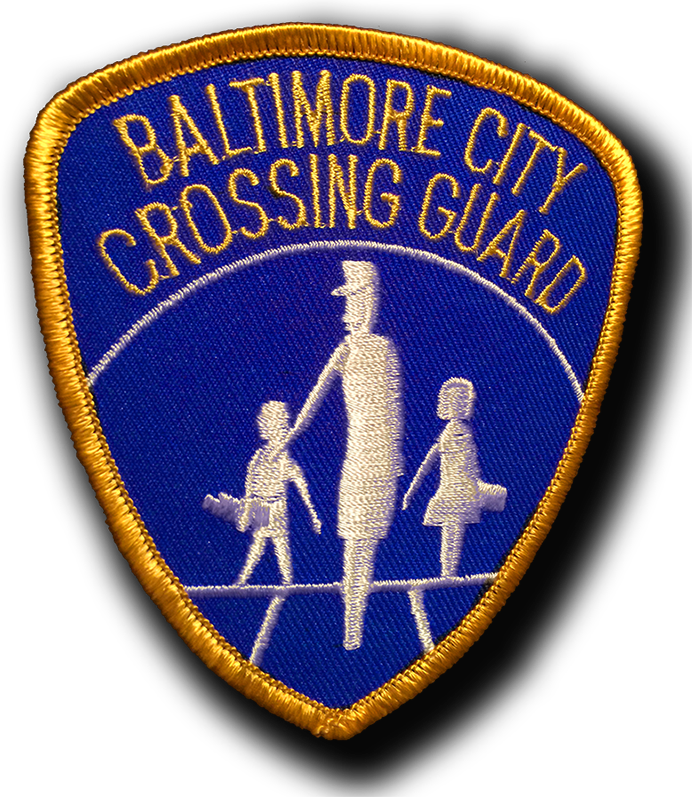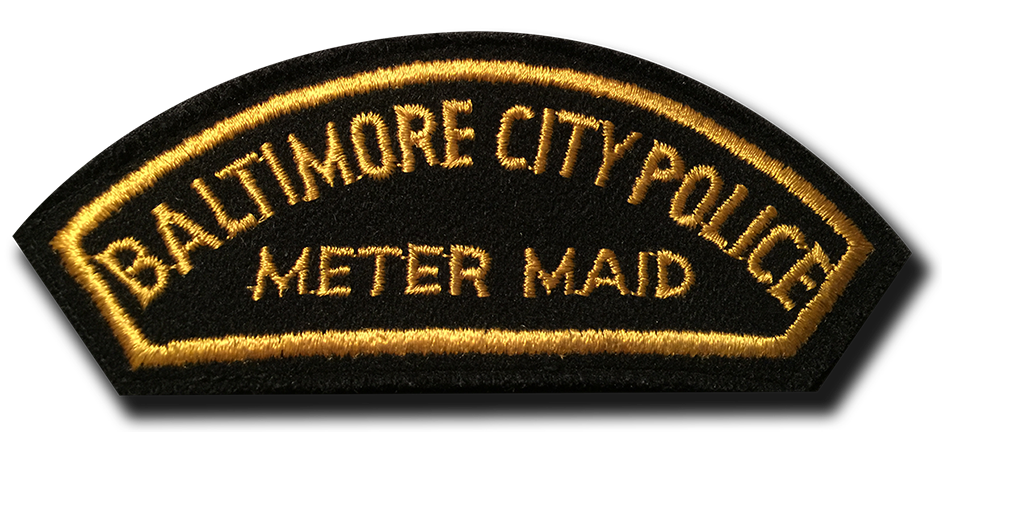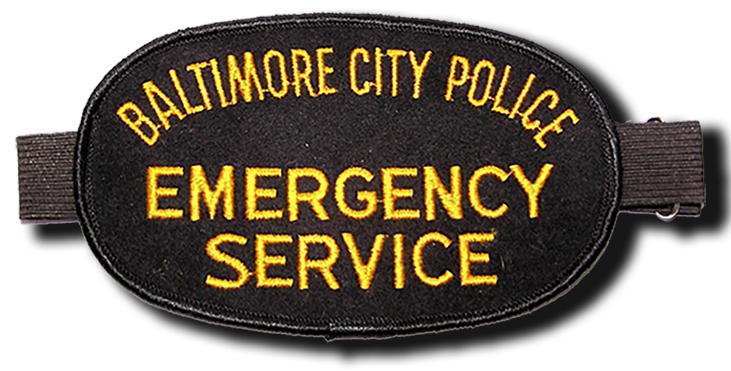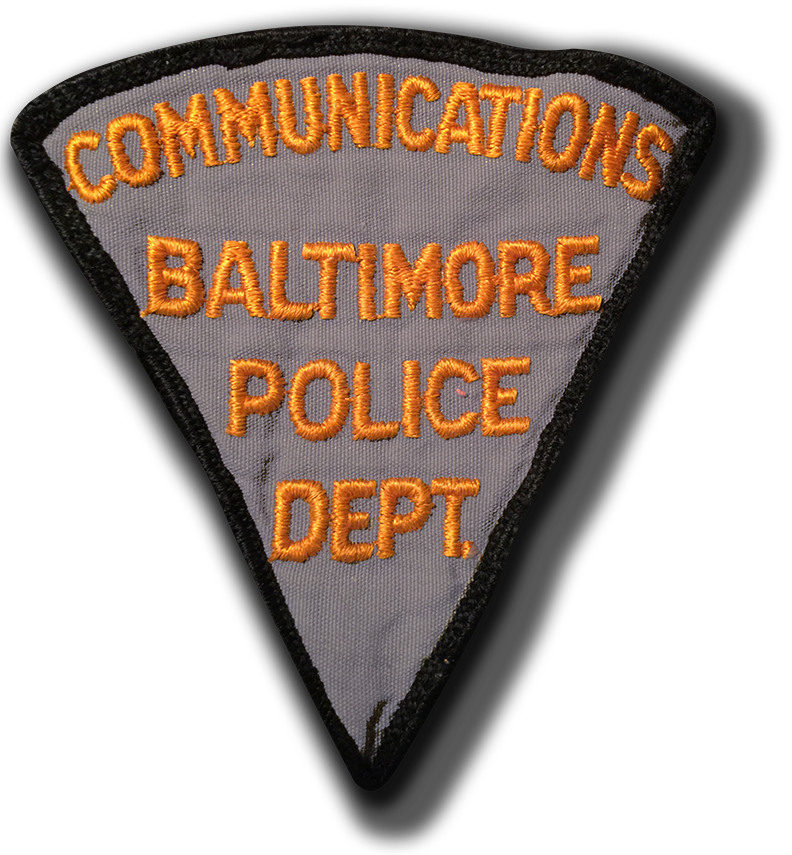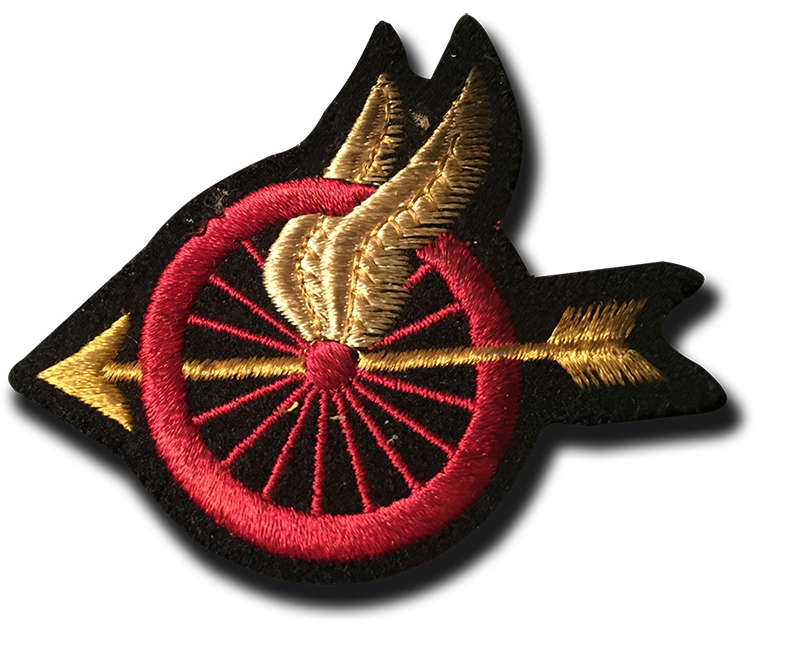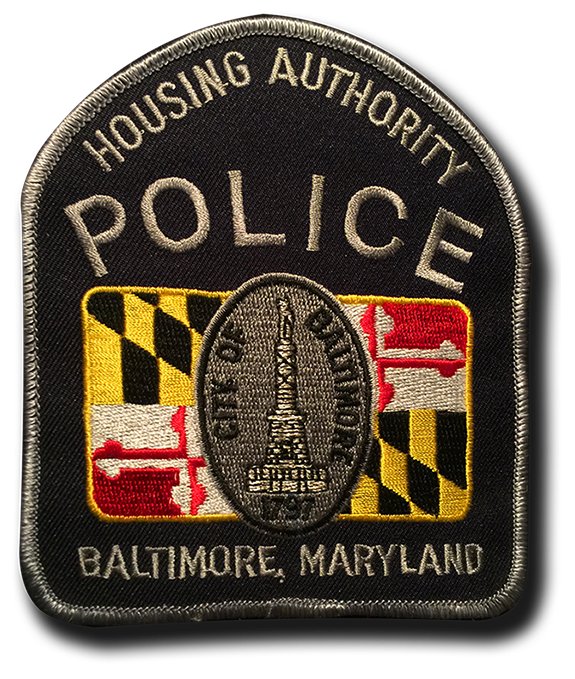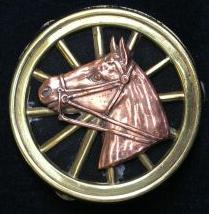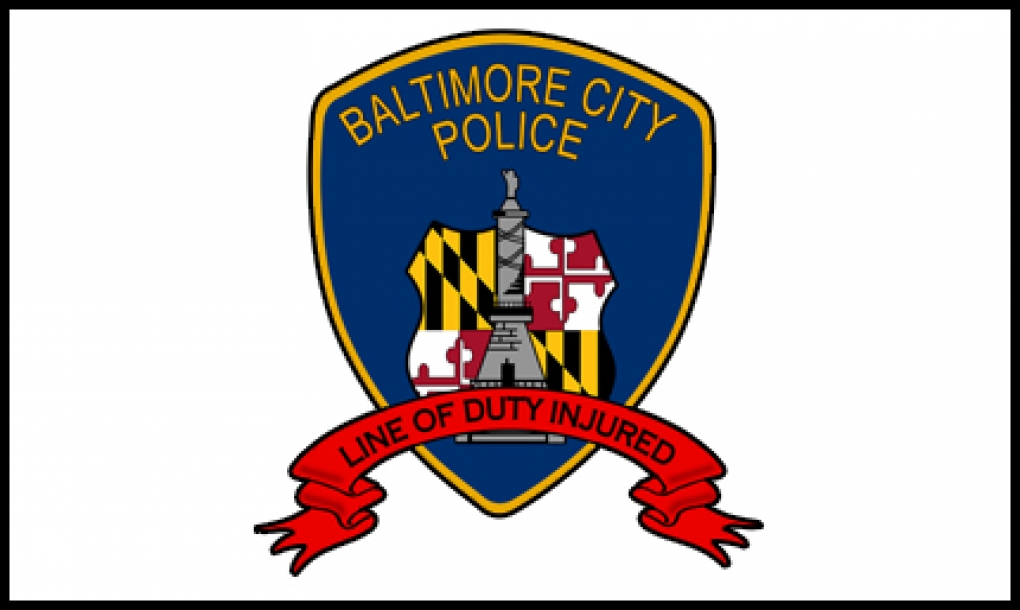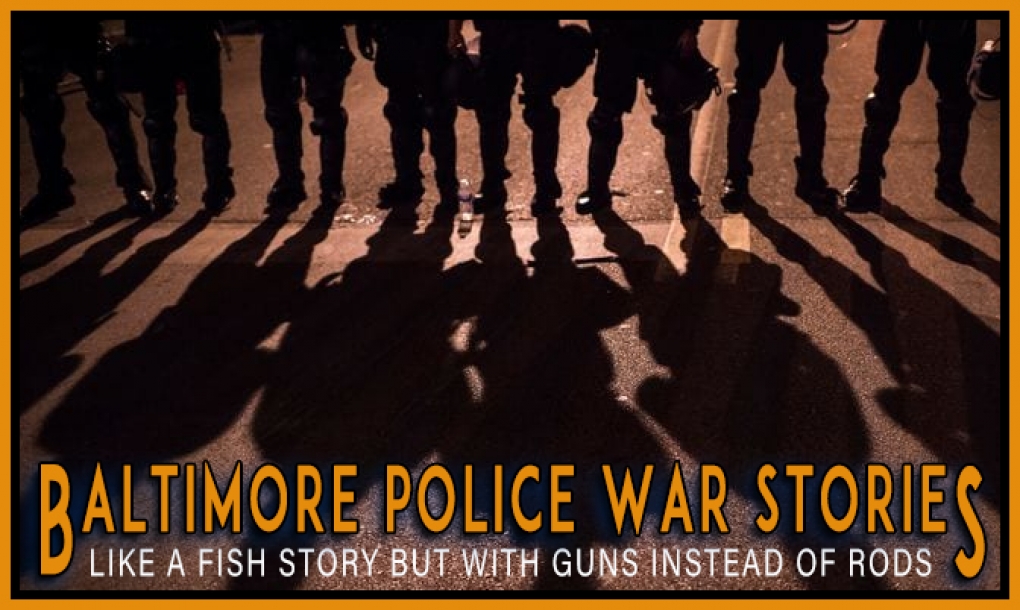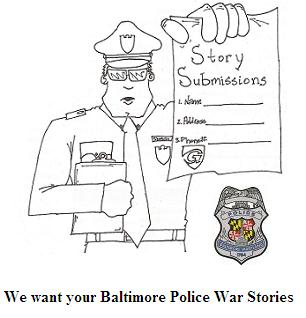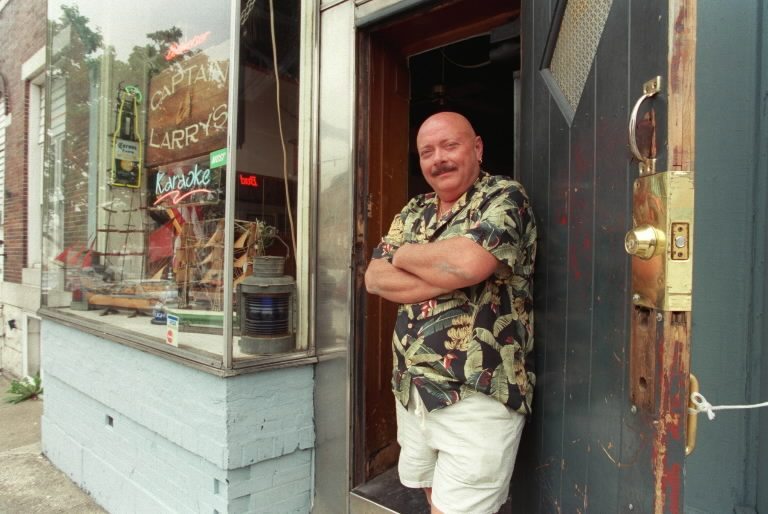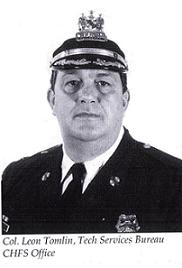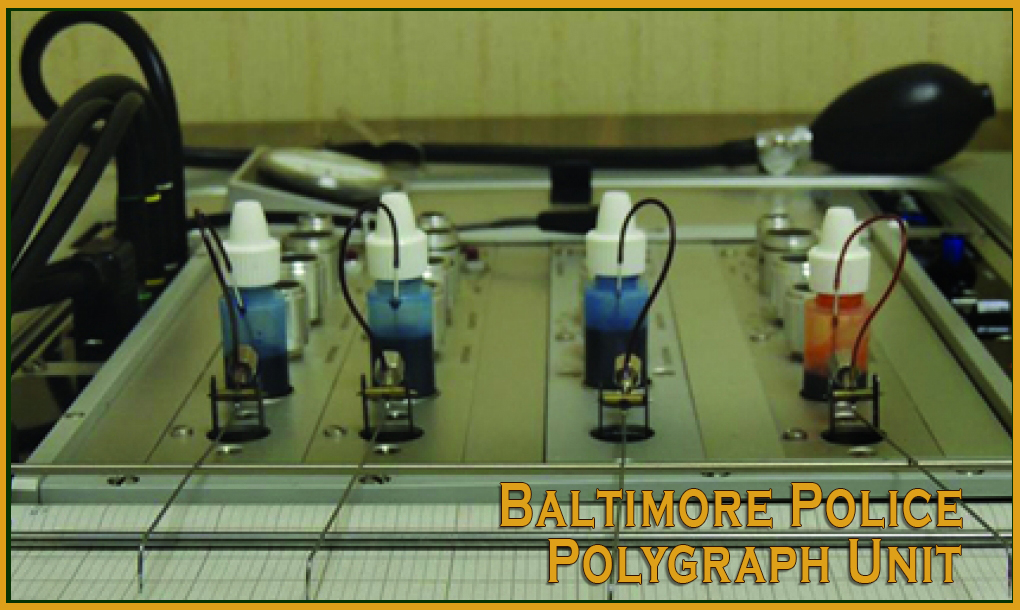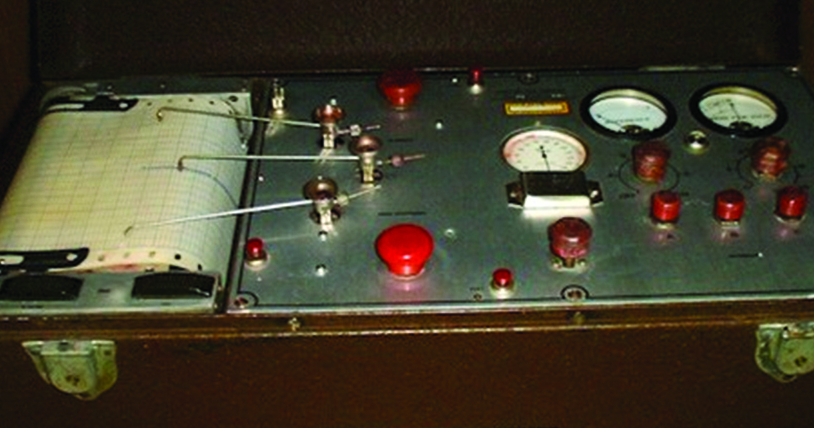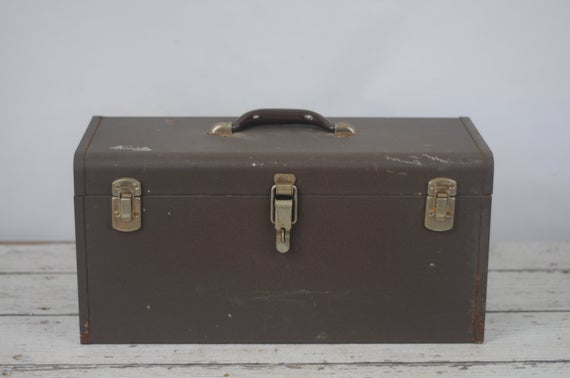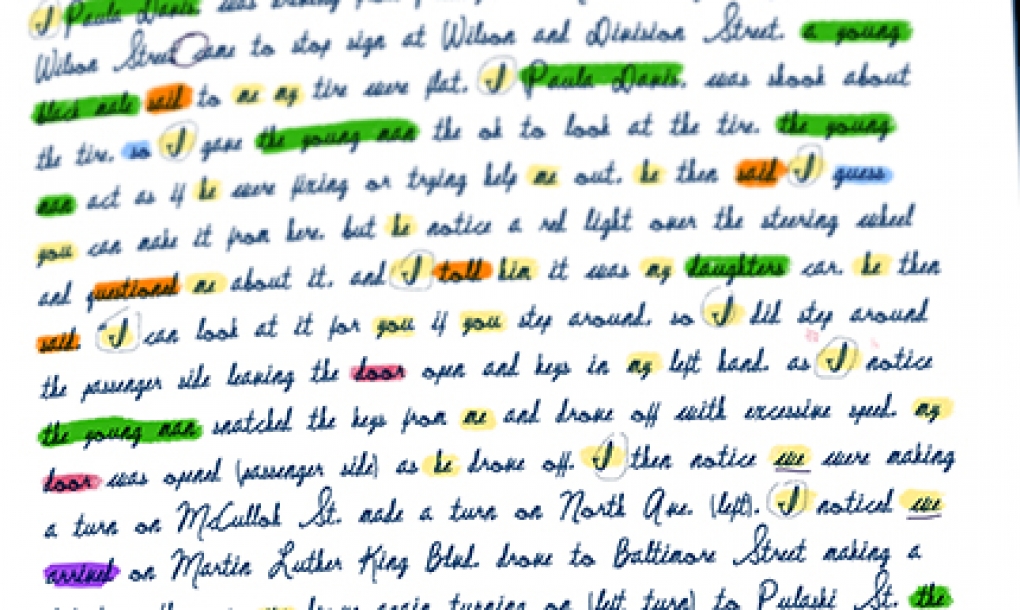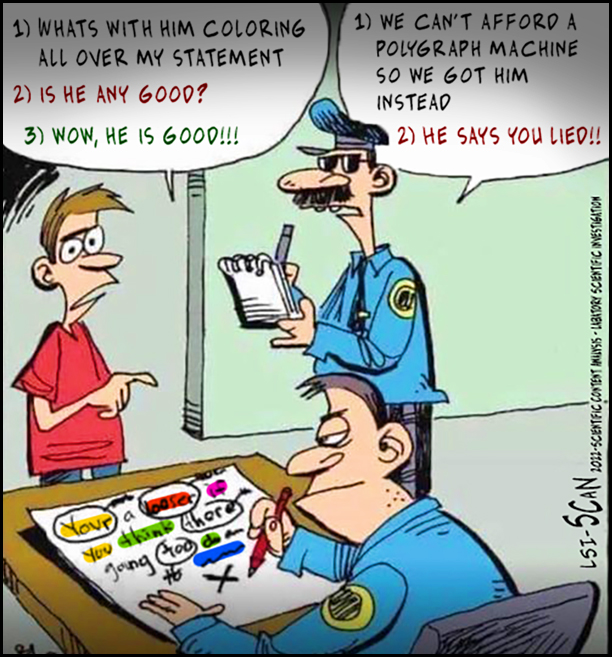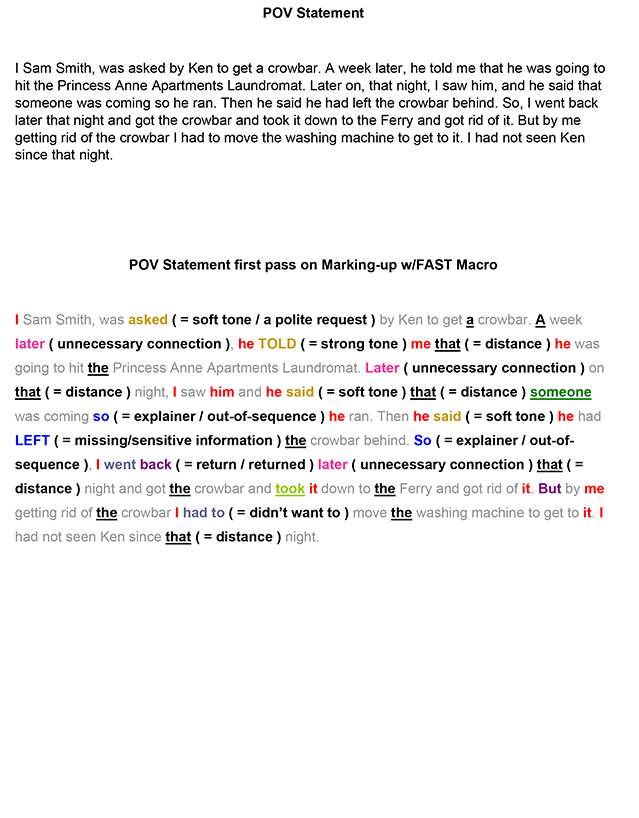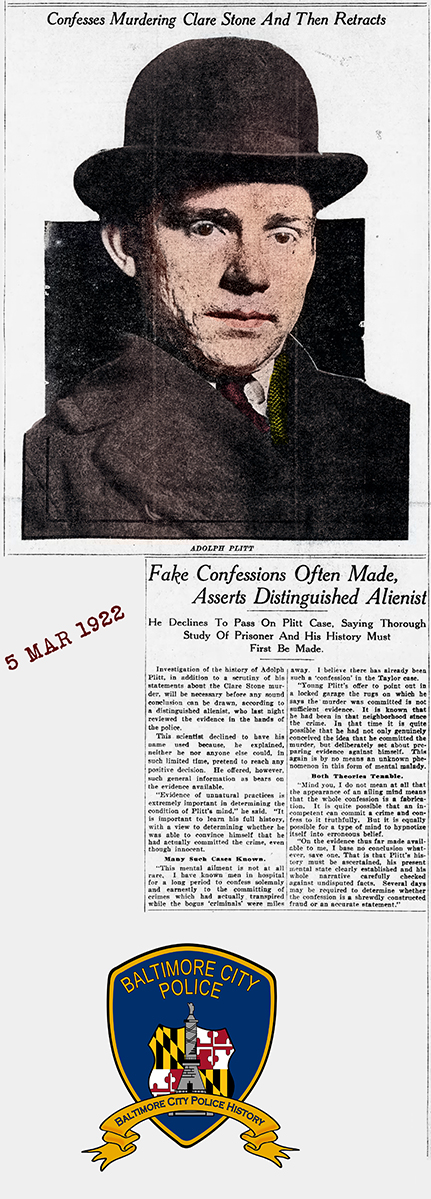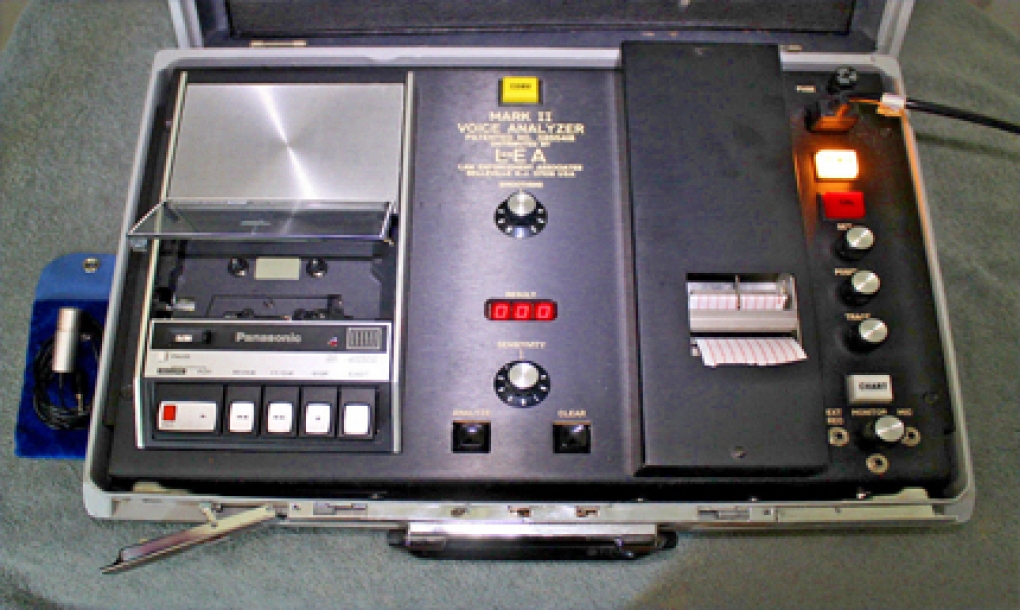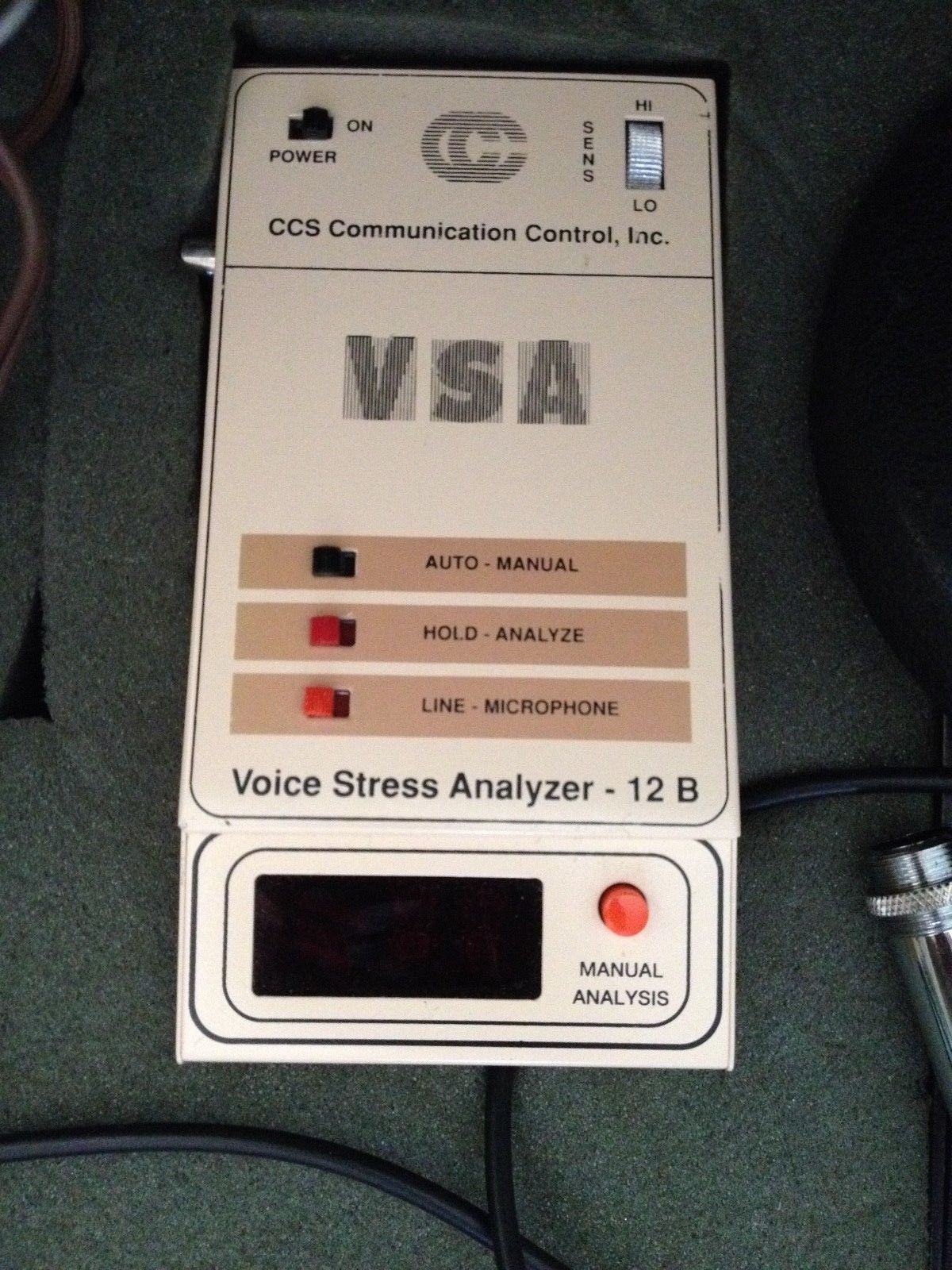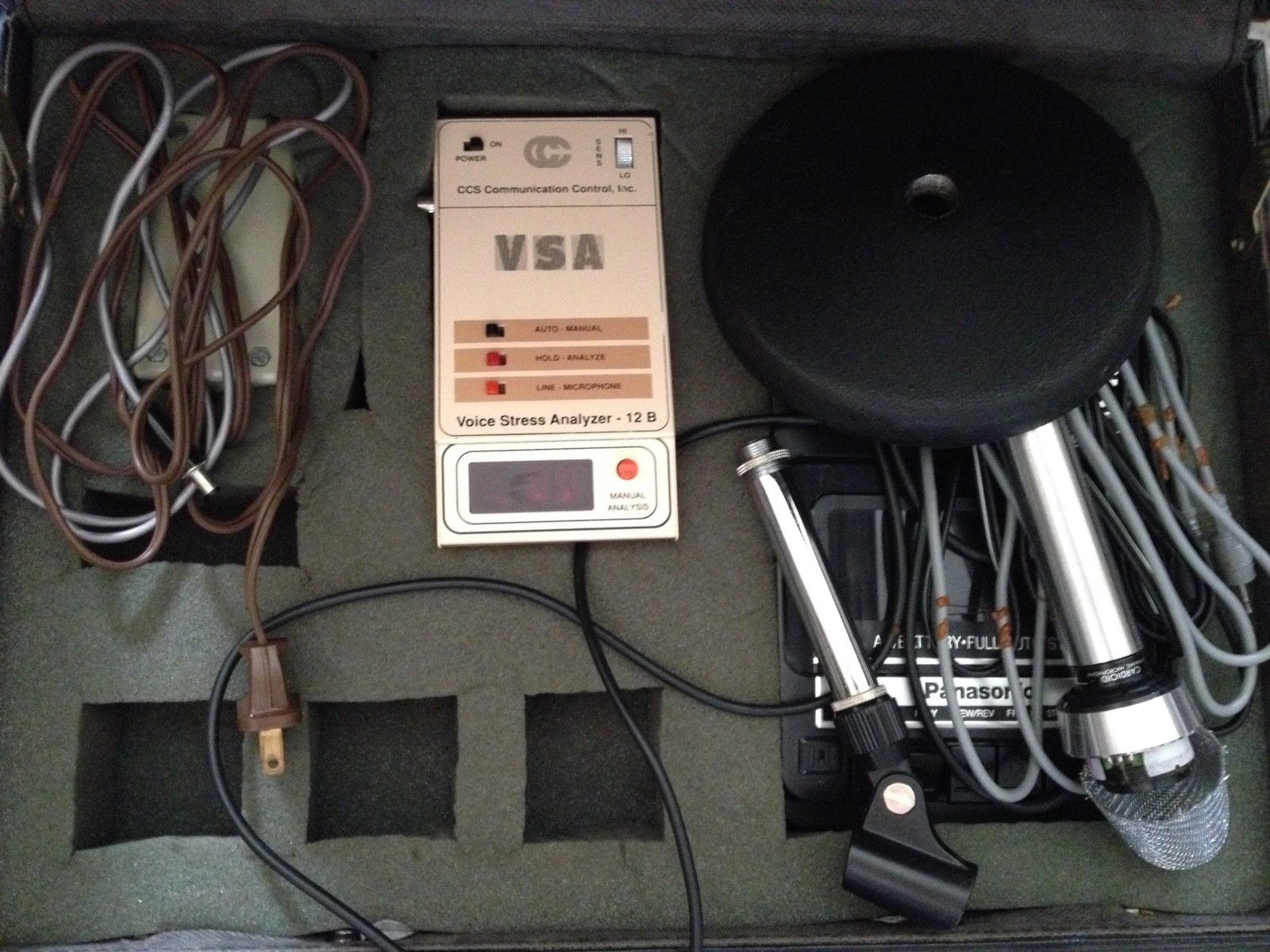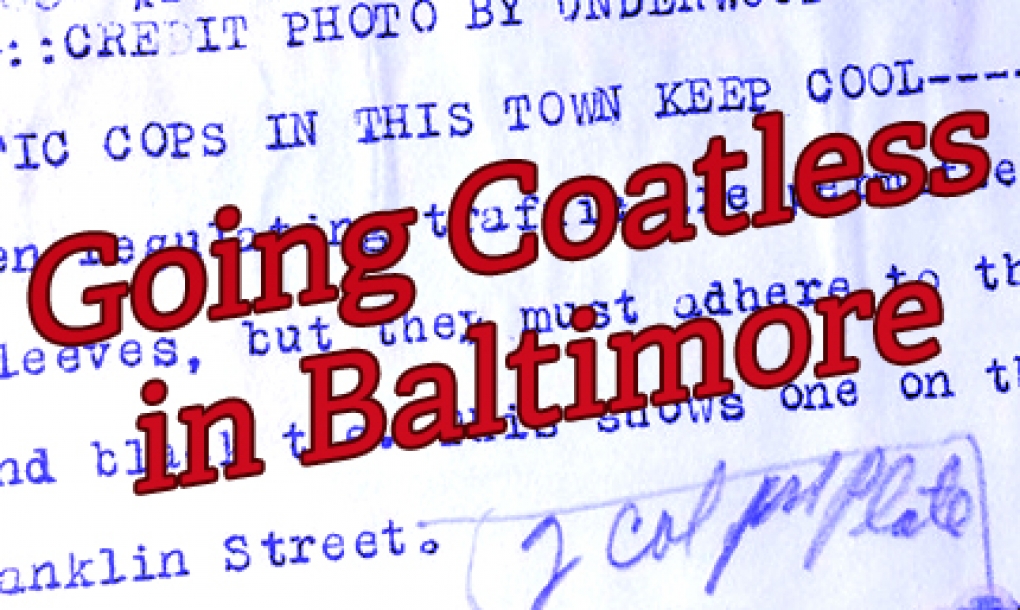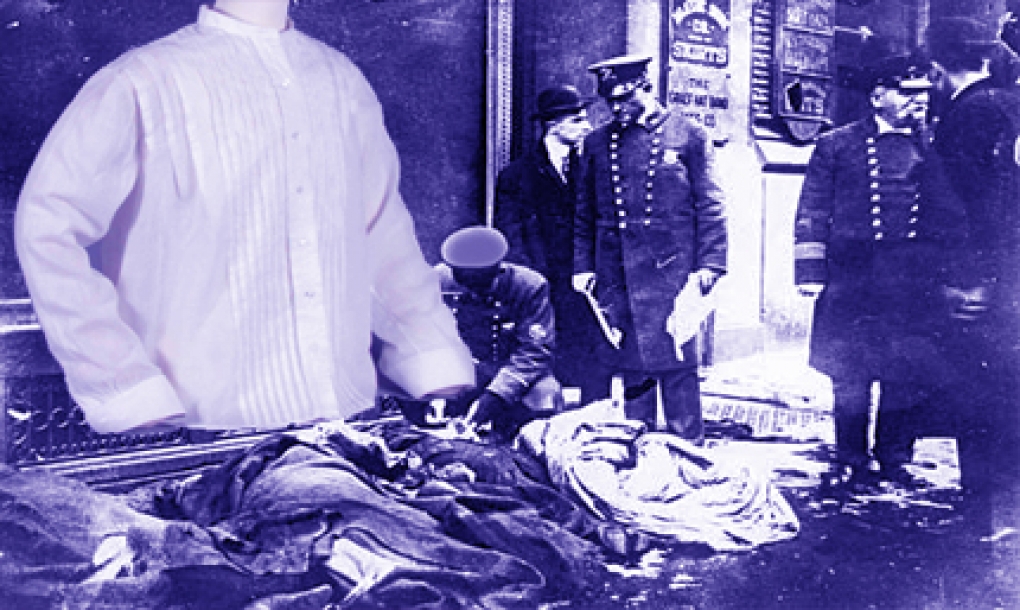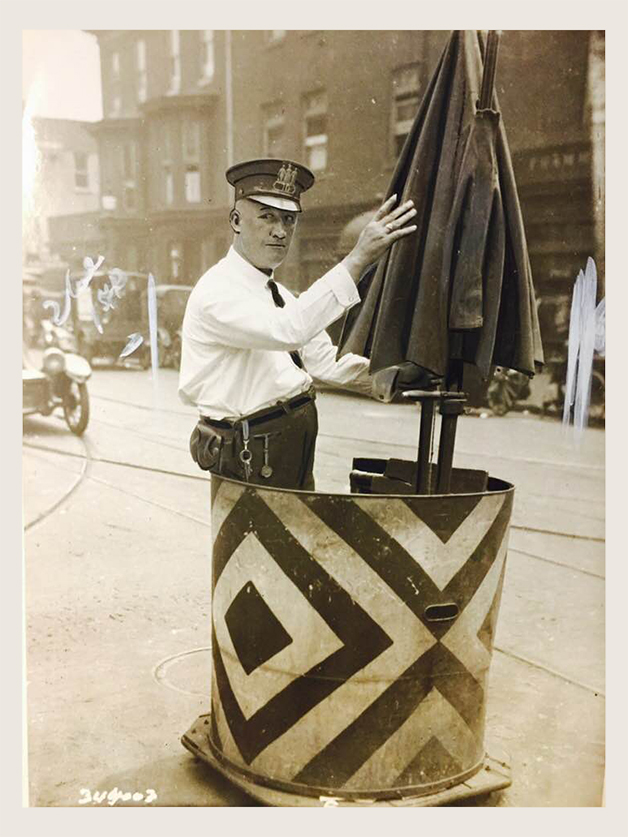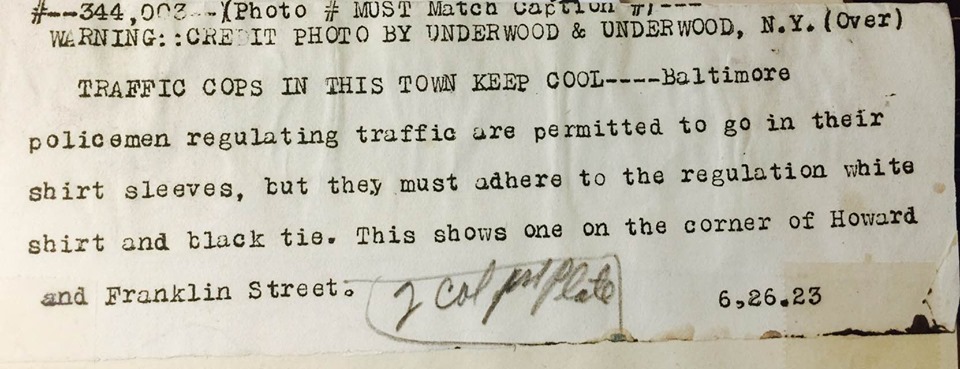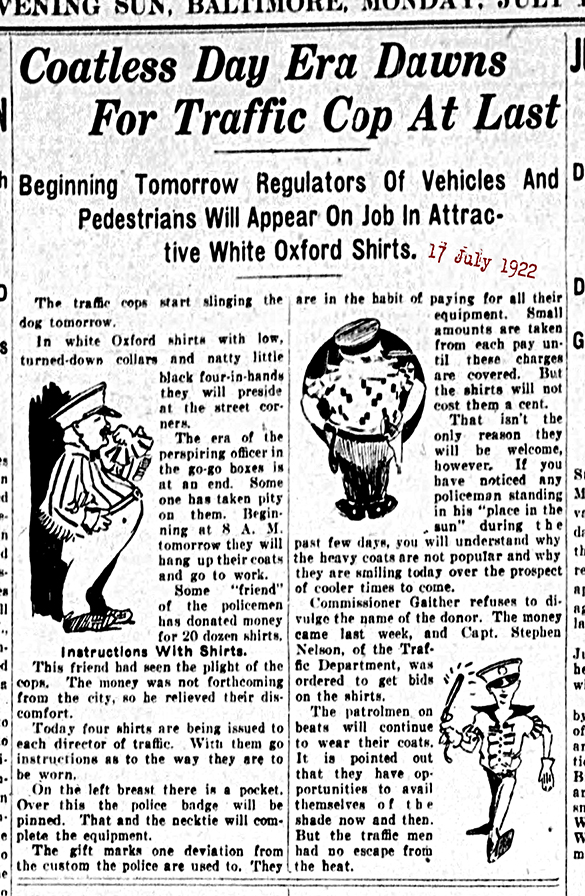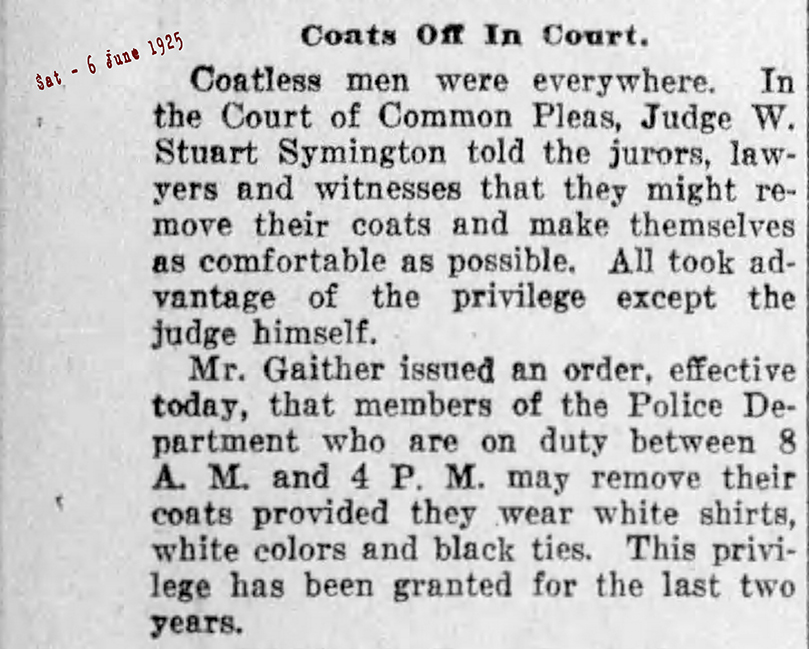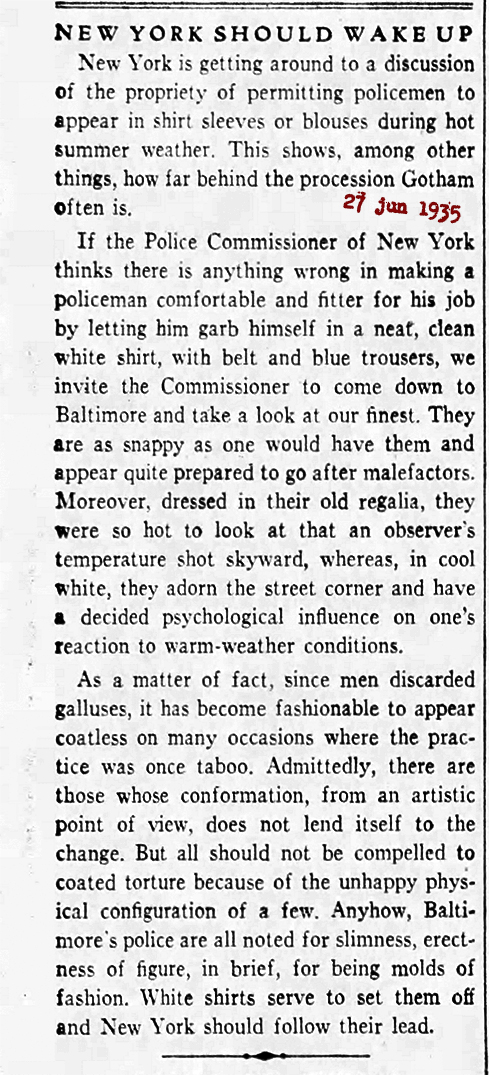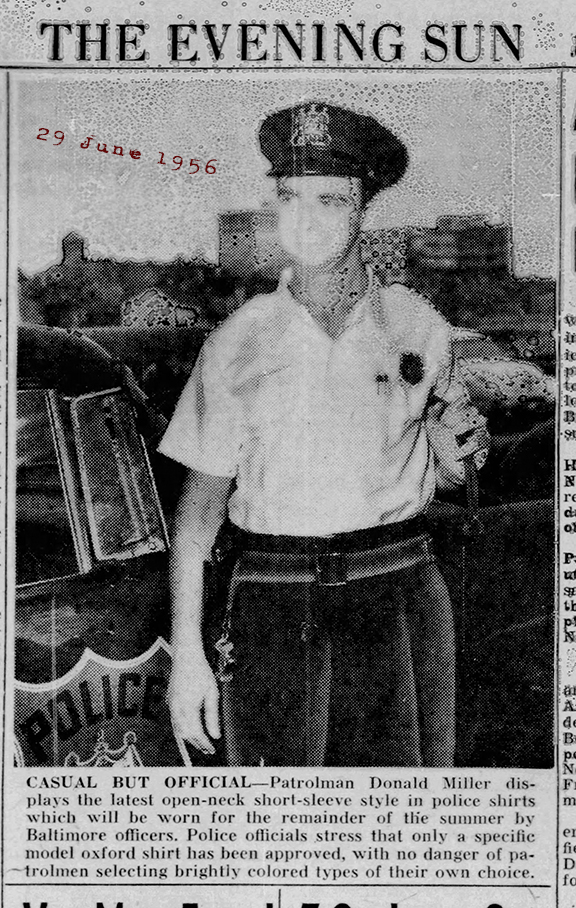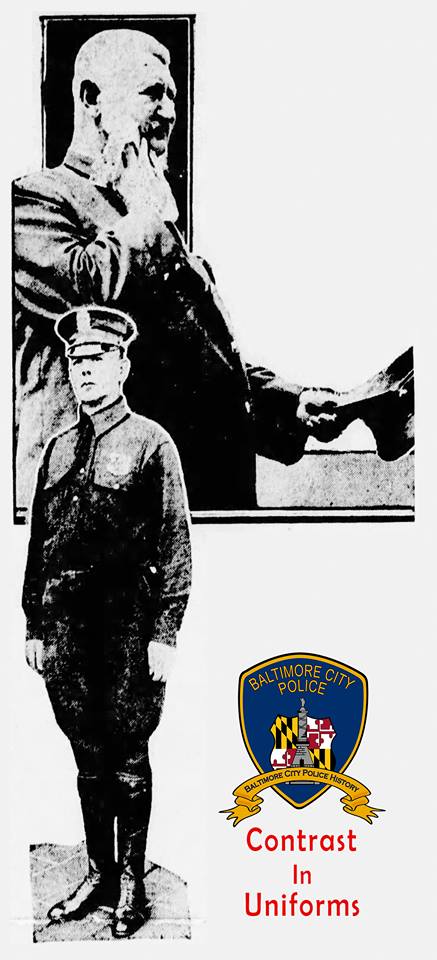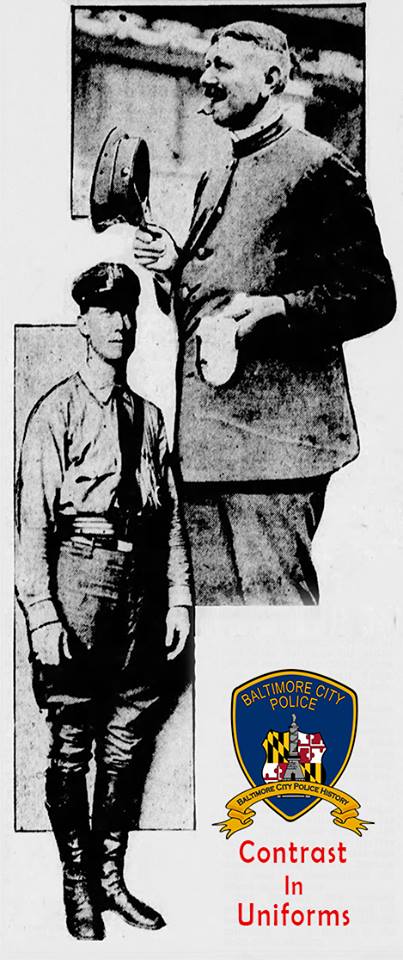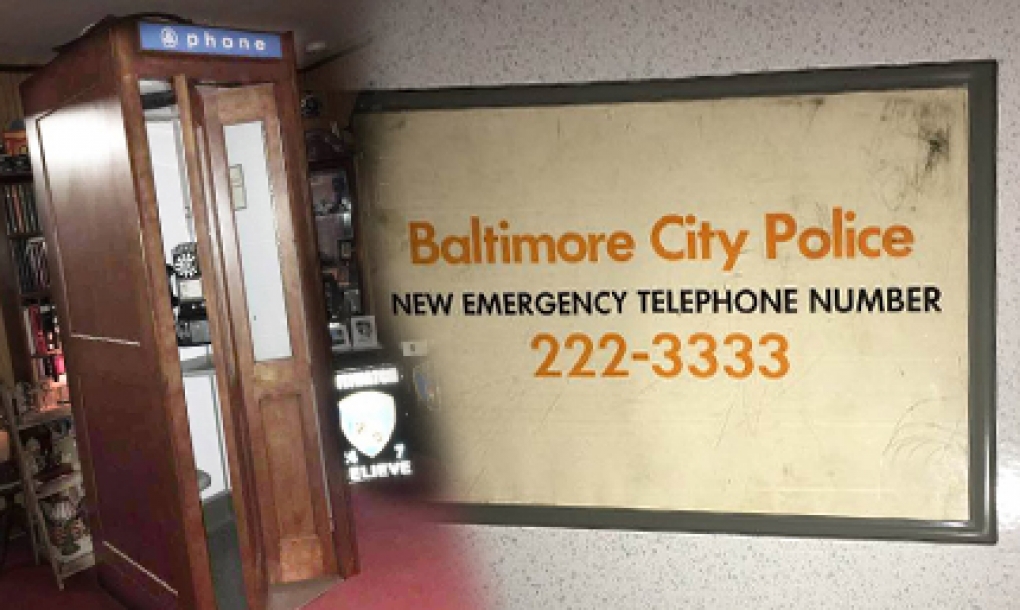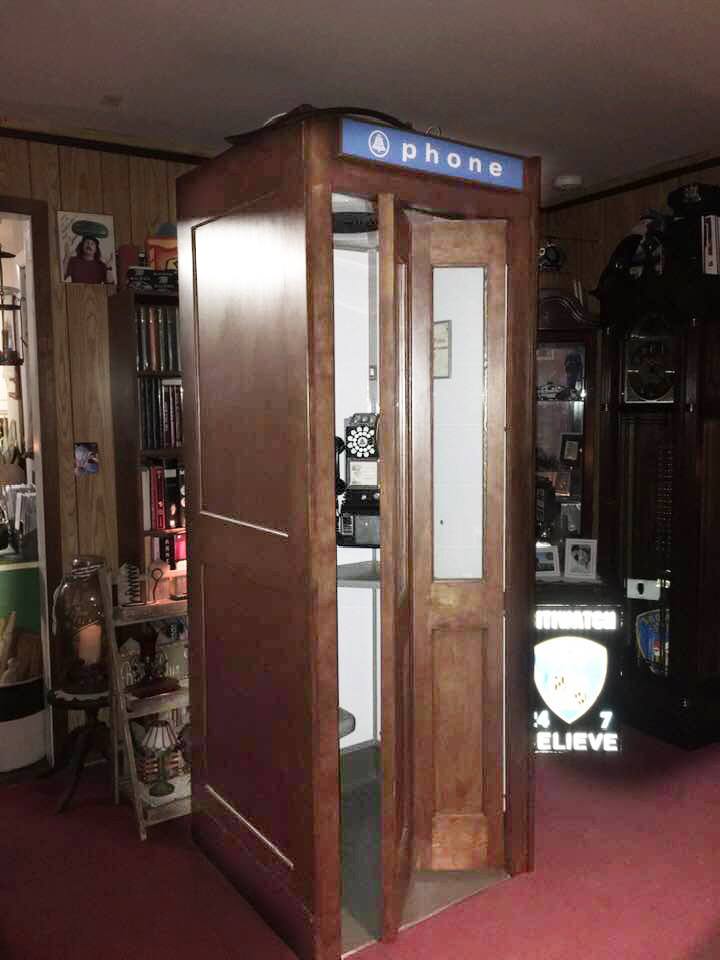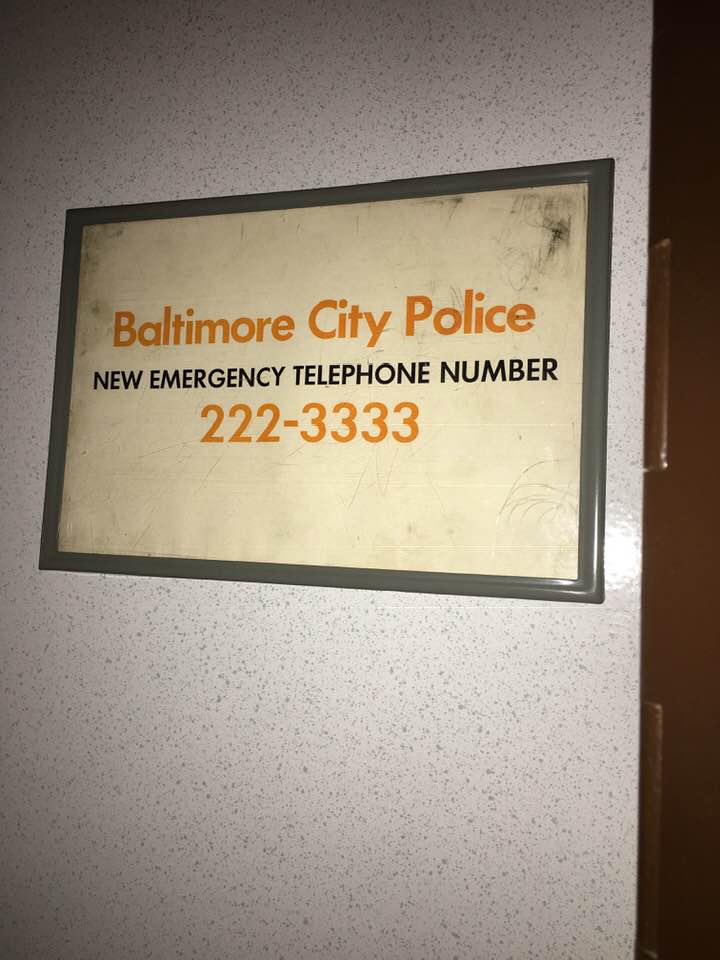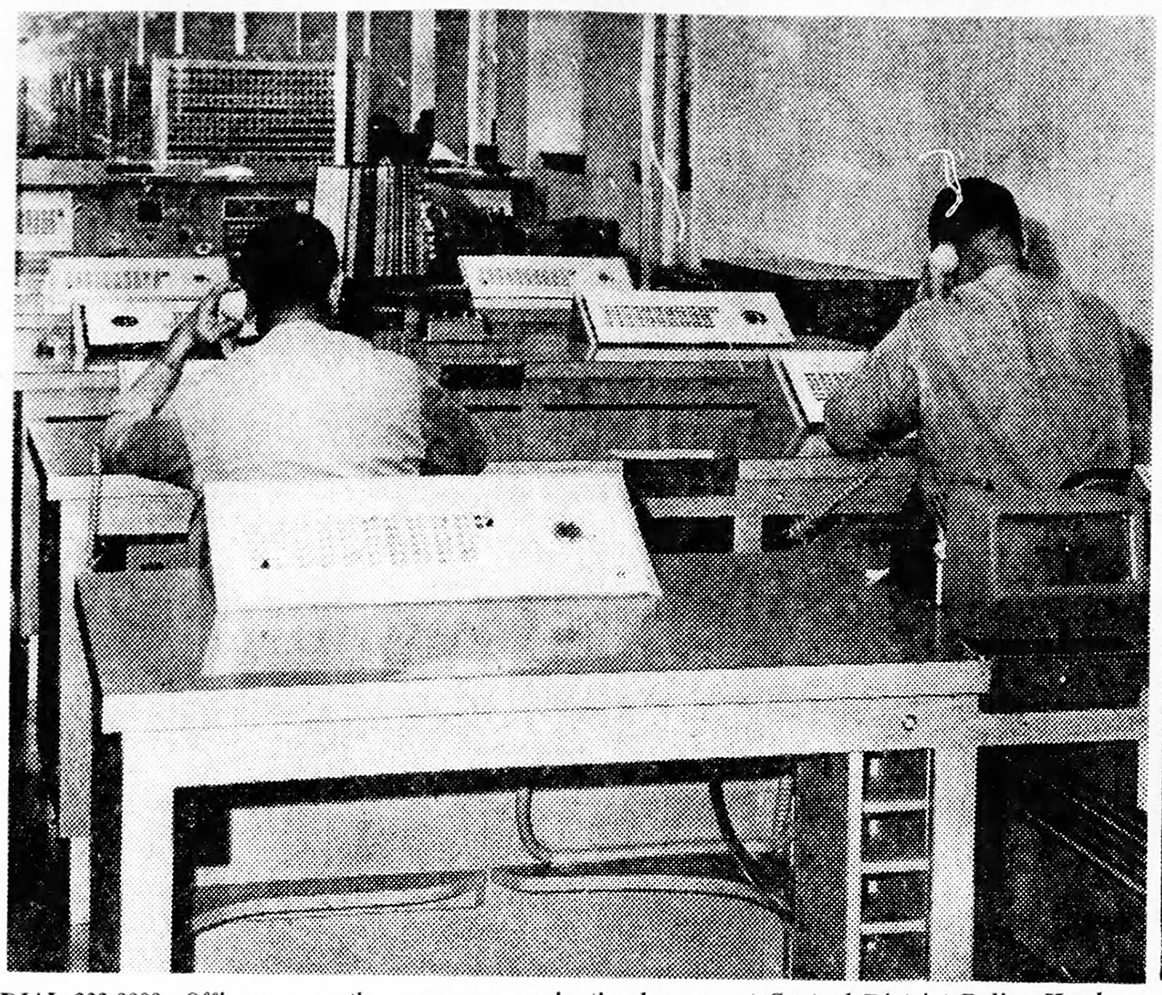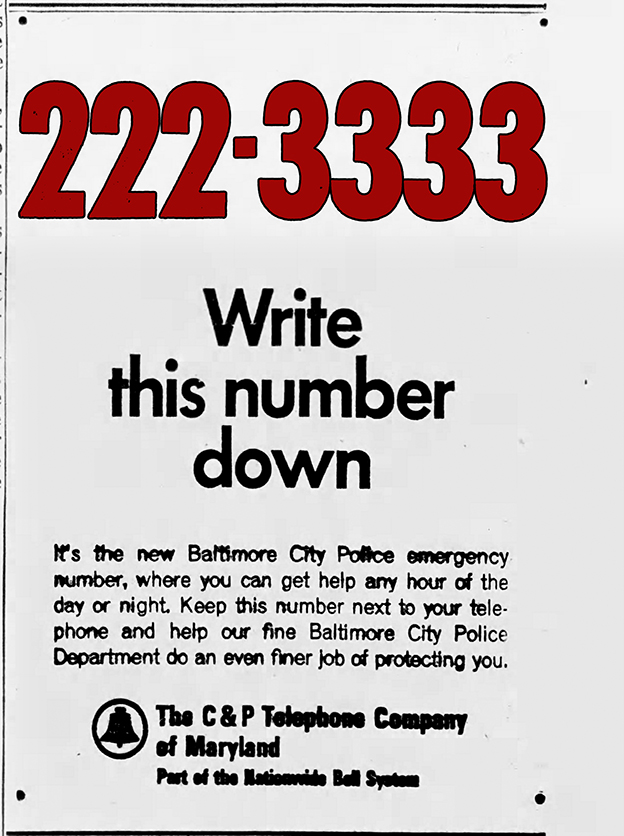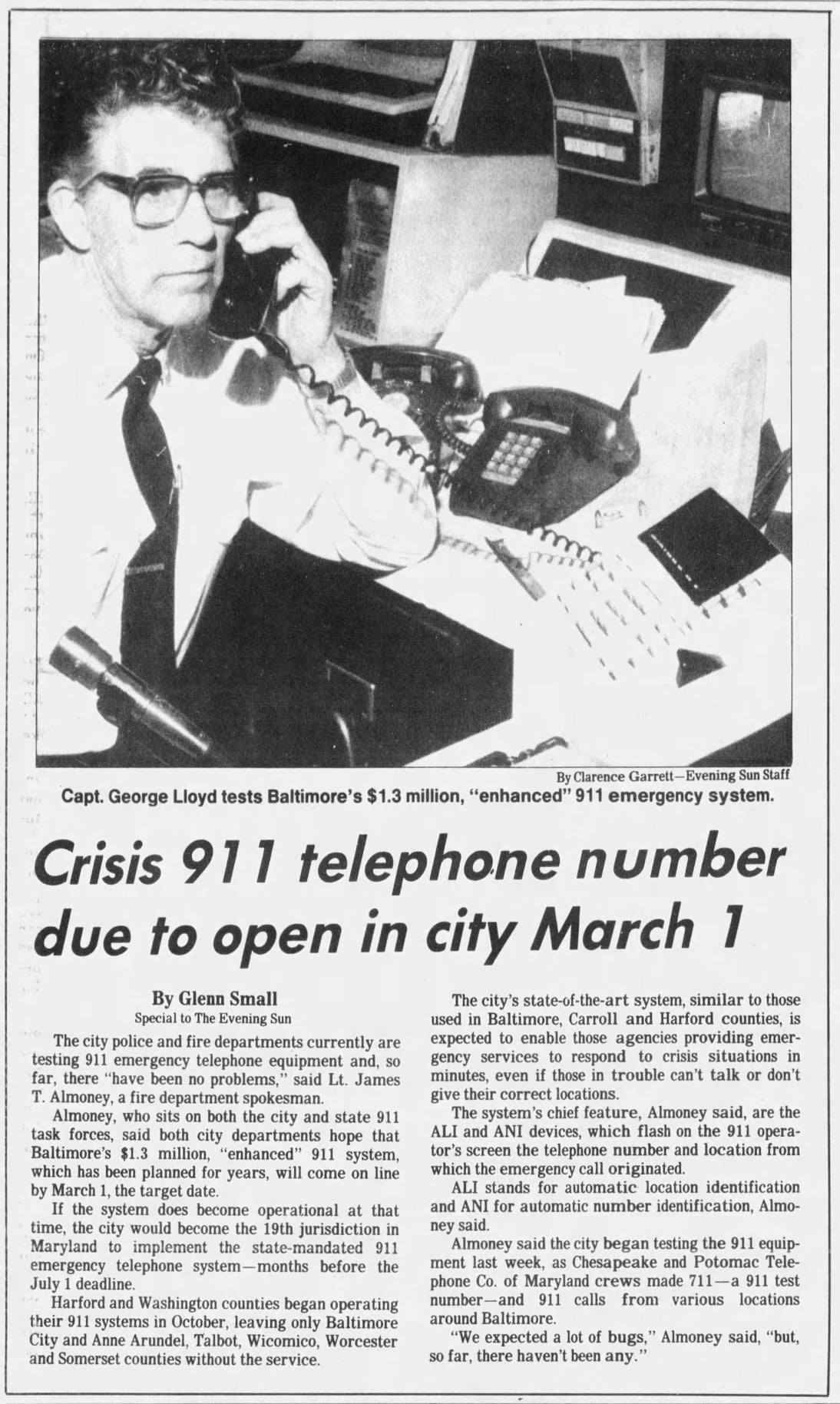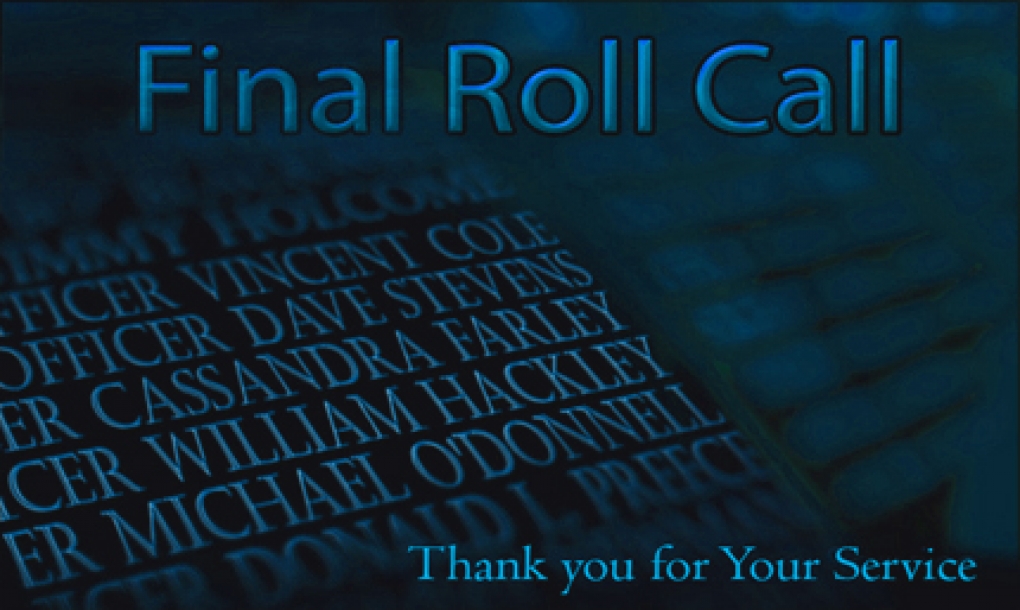Page 2
2007
Alfred L. Parks 02/24/07
Arthur F. Meeks 02/06/07
Capt. James S.M. DiPino 01/27/2007
Carroll Wise 04/16/07
Daniel Jonczak 12/10/07
Douglas Coster 05/23/07
Edward S. Bohager 02/04/07
Eugene Price 05/01/07
Francis L. Miller 10/28/07
George B. Mortimer, Jr. 04/11/07
George W. Nitsh 11/21/07
George Watkins 08/06/07
George Williams 12/19/07
Harry Hilnbrand 08/16/07
Jason Smith, Jr. 08/20/07
John Cunningham 04/18/07
John Distefano 12/02/07
John E. Markell 09/11/07
John J. Mcgee 07/18/07
John M. Burford 02/03/07
John P. Matthews 12/28/07
Juanita Cooper 09/22/07
Kenneth J. Morgan 09/21/07
Lawrence J. Malat 04/07/07
Louis A. Brandt 03/17/07
Martin E. Freeburger 03/16/07
Maurice Weisberg 02/21/07
Paul Shrader 12/29/07
Robert Ewing 03/01/07
Robert M. Kuhn 07/26/07
Robert Prescott 09/15/07
Stanley Brown 11/30/07
Thomas Riley, Iii 05/31/07
Vernon Dranbauer, Jr. 03/04/07
Vincent T. Beck 02/19/07
William Delahanty 11/18/07
William Depaola 04/06/07
William G. Bory 04/08/07
William Seibert 09/20/07
2006
Arthur Simonsen 12/20/06
Charles Eyler, Jr. 02/06/06
Charles George, Sr. 09/12/06
Charles H. Lucas 06/08/06
Charles W. Kurth 05/16/06
Claude H. Lamb 04/17/06
Donald E. Barnett 10/08/06
Donald E. Oakjones 12/20/06
Edward Hamilton, Jr. 03/19/06
Edwin L. Harvey 09/17/06
Elmer D. Mccoy 06/22/06
Elmer L. L'ecuyer 02/18/06
Ernest Gardner, Jr. 03/13/06
Ernie D. Meadows 05/02/06
Floyd Rowzee 11/14/06
George Carmichael 02/28/06
George E. Bewley 12/21/06
George Wehn, Sr. 02/22/06
Gharles G. Jones, Jr. 03/22/06
Harry G. Metzbower 03/18/06
Harvey Poseno 09/15/06
Herbert Cline, Sr. 05/29/06
Herbert Dowling 10/13/06
Herbert Ryan 07/07/06
John Ryan 12/23/06
John Streett 05/06/06
John Warren 01/10/06
Joseph B. Lovett, Jr. 12/22/06
Joseph C. Brady 05/02/06
Joseph J.F. Beling, Jr 09/21/06
Joseph L. Palmerino, Sr. 07/30/06
Joseph Sullivan 12/24/06
Leo Barclay 11/29/06
Leonard Byrd 05/19/06
Lloyd Green 01/01/06
Melvin J. Lipinski 05/01/06
Paul S. Miller 09/21/06
Robert H. List 5/25/06
Robert Springer, Sr. 01/09/06
Thomas Dunn, Ii 2006
Vernon Gray 06/21/06
Vernon Green 05/30/06
Wilbert Sisco, Sr. 05/23/06
William Hilseberg 03/15/06
William M. Mccallister 04/12/06
William Sekinger, Jr. 07/31/06
2005
Bruce W. Bull 05/16/05
Charles M. Markiewicz 04/14/05
Derek Snyder 03/12/05
Donald E. Morgan 01/11/05
Everett Voelker 12/11/05
Frank Grunder 06/04/05
Gary L. Lippy 10/06/05
Glen E. Meadows 12/02/05
James A. Kelly 01/08/05
James A. Mccloskey 10/11/05
James L. Bowling 01/03/05
James Stevens 02/06/05
John Plantholt 11/17/05
Johnw. Laufert 02/28/05
Joseph H. Longo 07/19/05
Larry Triplett 12/02/05
Naomi Reichelt 09/24/05
Richard Thayer 01/28/05
Robert E. Nagle, Sr. 08/11/05
Rodney George 08/10/05
Ronald C. Griffith 11/08/05
Russell France 12/10/05
Thomas Deangelis 08/26/05
William Clayton, Jr. 12/11/05
William Spradbrow 03/21/05
William T. Clark 08/15/05
Malcolm Davis - 2005
2004
Albert Smith, Jr. 04/18/04
Alexander J. Pelsinsky, Jr. 12/30/04
Bernard J. Newberger 02/07/04
David A. Lehman 05/01/04
David Popilok 01/29/04
Donald Chase 09/23/04
Donald Reedy 01/11/04
Edmond Helm 02/03/04
Edward G. Johnson 04/30/04
Edward Rock 04/25/04
James Whipp 4/29/15
Elizabeth Cooke 06/12/04
James Watkins 12/04
Jesse H. Benson, Jr. 01/20/04
John D. Evans 01/09/04
John J. Bryl 12/29/04
John R. Mitcheltree 08/09/04
John Swann 03/05/04
Lawrence J. Machovec 08/03/04
Lee Beauchamp 03/20/04
Richard Martin 12/2004
Martin Whitehill 12/26/04
Peggy A Lewis 06/03/04
Richard T. Palmer 01/09/04
Robert M. Leftwich 09/04/04
Ronald J. La Martina 10/24/04
Stanley Zawadzki 06/23/04
Thomas Garner 03/11/04
Waldemar S. Bradshaw 01/01/04
Wilbur T. Langville 11/18/04
William Cooper, Sr. 11/16/04
William Surratt 05/19/04
William Treherne 11/18/04
2003
Adam Danielak 02/28/03
Carl Flemke 05/26/03
Charles A. Parscal 11/14/03
Charles C. Owens, Jr. 02/11/03
Chester Evans 12/21/03
Elmer Weidenhoft 08/11/03
Francis Schmitz 09/23/03
Frank Wolchik 02/07/03
George J. Leichling 03/15/03
George Tiburzi 10/29/03
Gerard C. Brandner 09/07/03
James C. Osborne 07/13/03
James E. Billing 02/22/03
John M. Nagel 01/02/03
John Wagner 11/22/03
Julian Robinson 05/20/03
Justus L. Long 12/22/03
Kenneth White 04/30/03
Lawrence Grabowski 09/29/03
Lawrence Tawney 06/20/03
Leon Tomlin 01/15/03
Leonard Broseker 01/31/03
Lester W. Boring 02/05/03
Marshall Davis 08/28/03
Maurice Epple 01/09/03
Michael E. Lee 03/5/03
Norbert Fialkowski 02/11/03
Richard B. Newnam 07/23/03
Richard Wojtek 04/18/03
Robert E. Mccauley 05/14/03
Russel E. Mills 04/24/03
Sophia Dziuba 08/20/03
Theodore Staab 12/14/03
Thomas H. Black, Jr. 07/08/03
Thomas Rose 12/27/03
William B. Bolesta 02/18/03
2002
Allen Rogers 08/29/02
Anthony J. Monczewski 11/02/02
Charles Haughey 03/29/02
Donald Dyson, Sr. 01/03/02
Donald Stevens 05/03/02
Eugene C. Brukiewa 01/23/02
Floyd R. Lilly, Sr. 08/15/02
Francis Cordwell 10/21/02
Francis Ernst 06/03/02
Francis M. Lingner 11/10/02
Frank A. Stallings 11/11/02
Frank Dressel 12/01/02
Frederick W. Neubauer, Sr. 04/03/02
Furrie Cousins 09/14/02
George Deares 03/25/02
Harry J. Kaplan 02/17/02
James Rollins 02/24/02
James Willis 09/09/02
John W. Brawner, Jr. 05/09/02
Joseph Dalton 10/15/02
Joseph S. Grossman 02/17/02
Lawrence Weichert 06/18/02
Louis Distefano 03/18/02
Luther Robinson 10/14/02
Mary Stout 10/28/02
Mcneal Brockington, Jr. 03/29/02
Michael Crutchfield 04/28/02
Norman Pomrenke 08/11/02
Robert Armentrout 04/12/02
Robert P. Day 03/27/02
Roy Spruill 08/23/02
Wayne M. Mullaney 07/19/02
William Law, Jr. 05/25/02
2001
Alva H. Boley 09/17/01
Anthony Williams, Sr. 04/17/01
Bernard Sanzone 01/29/01
Bingham Hunt 02/22/01
Bruce H. Patten 04/11/01
Charles Beam 11/11/01
Charles Reuling 11/18/01
Clarence Fetrow 02/18/01
Collis M. Blow 02/19/01
Dale White 08/25/01
Donald Posey 04/09/01
Ethyle Diven 08/19/01
Flan Couch, Jr. 01/16/01
George Wockenfuss 03/16/01
Griffin Dobyns 04/16/01
Harry Harper 07/06/01
Henry Roth 05/28/01
Herman Heidel 12/16/01
Joan Barnard 08/07/01
John D. Perdue 07/16/01
John E. Bunker 03/29/01
John Elton 03/30/01
John P. Boyter, Sr. 07/15/01
John Scales 03/27/01
John W. Morseberger 12/10/01
Paul Wieber 11/22/01
Robert Weimer, Sr. 11/23/01
Ronald Hyde 03/18/01
Ronald Readmond 05/05/01
Thomas Gummer 07/17/01
Walter Gryctz 05/28/01
William Gerbes 05/17/01
William I. Kearney 02/09/01
William J. Pennington 01/04/01
William J.Ennd 10/05/01
William W. Mcmeins, Sr. 06/12/01
2000
Albert Sharpe 02/14/00
Darrell Duggins 05/10/00
Earl Carter 12/21/00
Edwin Emich 03/13/00
Ernest A. Buck 05/16/00
Erwin Berger 11/09/00
Eugene Crane 10/04/00
Francis Donohue 07/16/00
Frank J. Lanahan 06/30/00
Frank Seglinski 01/08/00
Frank Trapasso 11/03/00
Gardner Stanke 10/29/00
George M. Montgomery 05/17/00
Harmar Hiltz 01/30/00
Harold Dent 07/28/00
Henry Herold 04/17/00
James Babka, Jr. 10/29/00
James Cvach 03/25/00
James Smith 02/22/00
John E. Mitchell 3/16/00
John P. Clark 12/05/00
Joseph F. Leyh 09/20/00
Leonard Santivasci 02/22/00
Louis Baronella 12/08/00
Lynn Ayers 02/14/00
Melvin Freeman 10/06/00
Patricia A. Mullen 09/08/00
Patrick Hagerty 02/19/00
Richard Heidecker 12/24/00
Robert Hardesty, Sr. 06/12/00
Robert M. Birney 01/16/00
Thomas Hennessey 04/18/00
Valentine W. Markowski 06/19/00
William T. Kelly 01/19/00
1999
Anthony J. Blaszak 03/28/99
August B. Loetz 04/09/99
Carroll E. Lloyd, Sr. 08/22/99
Carter Spencer 12/07/99
Charles E. Kearney 01/31/99
Charles Podzimek, Jr. 01/27/99
Charles Wenzel 01/18/99
Donald S. Mckay 09/29/99
Edward S. Kalmbacher 08/26/99
Frank Wrzosek 08/27/99
George Eble 02/04/99
George Hasson 03/23/99
James P. Minderlein 02/04/99
James Schultz 12/30/99
Jerome A. Koch 12/29/99
John Canning 04/28/99
John E. Mckinley, Jr. 12/25/99
John J. Mcnally, Jr. 10/01/99
John Wheltle 12/21/99
Joseph Thomas 05/17/99
Michael Venglarik 01/18/99
Phillip Karcesky, Jr. 04/08/99
Phillip Smith 03/08/99
Robert E. Clarke 03/19/99
Robert J, Buettner, Jr. 10/22/99
Robert Zeinog 02/28/99
Thomas Whalen 11/11/99
William F. Smith 10/27/99
William H. Ault 06/14/99
1998
Arthur Dewitt 05/31/98
Carroll Degenhard 01/19/98
Daniel A. Boniarski, Jr. 03/25/98
Daniel Baginski 04/21/98
Donald Higgins 03/07/98
Edward J. Mezewski 02/05/98
Edward Weichert 01/16/98
Edwin L. Lawrence 12/3/98
Francis Earhardt 09/11/98
Frank J. Kunkoski 7/24/98
Frank W. Machovec 09/16/98
George Cook 07/26/98
Henry A. Kachnowich 09/29/98
Howard Schisler 07/30/98
James L. Nugent 05/07/98
James Santmyer 05/20/98
James W. Kline 06/26/98
James Wells 12/23/98
John Carberry 06/13/98
John H. Buenger 12/4/98
John Haag 05/29/98
John Heddinger 07/01/98
John L. Palmere 04/11/98
John M. Murphy 07/04/98
John Simms 07/26/98
John Stocker 04/25/98
John Whitehill 05/13/98
John Younger, Jr. 11/07/98
Joseph Folio, Sr. 05/03/98
Joseph Garrity 12/30/98
Joseph Kaczmarek, Jr. 07/08/98
Kenneth L. Burke 04/12/98
Leroy Dedmon 06/09/98
Maurice Dungan 01/11/98
Michael Rogich 07/14/98
Milton Ballantine 10/26/98
Murrill J. Murray 09/20/98
Oliver Thomas Murdock 11/27/98
Owen Smallwood 09/05/98
Ralph Hudson 11/30/98
Robert C. Ashmun 12/9/98
Scottie D. Mcdonald 09/06/98
Stanley Heddings 03/19/98
Starkie M. Lewis 06/01/98
Thomas Sullivan 12/17/98
Victor Gerczak 12/24/98
Wilbur C. Miller 02/14/98
William Armstrong 08/28/98
William Curry 07/05/98
William Honeycutt 06/98
William Pinkerton, Iii 07/23/98
William Scott 08/09/1998
1997
Arthur L. Butler 10/07/97
Charles Wancowicz 01/22/97
Cleo Hord 01/09/97
Edmund Welsh 07/31/97
Edward Dunn, Sr. 05/02/97
Francis Elder 05/31/97
Francis Ruppert 04/25/97
Herman Earle 02/03/97
Ivory C. Byrd, Sr. 05/19/97
James Grace 09/12/97
James T. Starr 02/08/97
James W. Nelson, Jr. 01/11/97
John E. Brewster 04/17/97
John Scales 08/05/97
Joseph B. Cole 07/20/97
Joseph S. Kimmel 01/24/97
Kenneth Hornberger 04/18/97
Leo Surdyka 03/03/97
Lewis J. O'neal 06/26/97
Marion J. Buchacz 08/04/97
Ned Schleig 05/20/97
Raymond Brill 02/10/97
Raymond Wratchford 10/27/97
Richard Catania 12/09/97
Robert Hall, Sr. 07/03/97
Theodore H. Johnson, Jr. 12/03/97
Thomas A. Haber 06/15/97
Thomas A. Mason 09/19/97
Thomas C. Green 11/19/97
Thomas Shillenn 01/24/97
William Ghant 03/19/97
1996
Arden G. Livingston 04/18/96
Bernard Hartlove 04/25/96
Carlton Frazier, Sr. 12/31/96
Frank Trcka 02/17/96
George Gilbert 02/28/96
Gus A. Drakos 10/21/96
Henry Eckstorm 07/12/96
Henry Zukowski 09/12/96
Howard Stansbury 12/31/96
James B. Mills 02/14/96
James G. Joyce 12/01/96
James Harris 02/13/96
James L. Mcmasters 04/03/96
John Sewell 08/15/1996
Joseph B. Bisson 06/14/96
Joseph J. Jones 01/14/96
Kenneth Price Johnson 10/12/96
Leroy Dillow 12/13/96
Matthew Rudolph 09/21/96
Nelson F. Mckenna 09/06/96
Philip Buratt 06/27/96
Philip Farace 02/29/96
Robert Ritter, Jr. 01/01/96
Stephen Ches, Jr. 03/07/96
Walter D. Stahl 04/30/96
William Craig 09/28/96
1995
Adolph A. Bucci 02/10/95
Albert Rozanski 12/22/95
Bernard Digelman 08/06/95
Carl Reichelt 06/01/95
Douglas Fulton 07/23/95
Earl Potter 04/22/95
Edmund J. Panowicz 02/11/95
Gordon Derrenberger 06/25/95
James Finn 02/25/95
John Grams 08/19/95
John J. Lorme 10/16/95
John P. Donohue 06/24/95
Joseph Engle 10/30/95
Joseph Porter 07/24/95
Joseph Reynolds 03/14/95
Leroy Hayden 08/20/95
Michael Batson 11/01/95
Nicholas Latanishen 04/20/95
Oliver L. Beck 10/24/95
Paul High 01/27/95
Paul Serio, Sr. 05/02/1995
Robert Anderson 11/05/95
Robert B. Leutbecher 12/13/95
Roberta Dehuff 11/29/95
Ronald M. Berends 01/8/95
Stanley L. Kusak 09/30/95
Terry Tiell 07/14/95
Thomas Cassidy 07/05/95
Thomas Sears 03/08/1995
Timothy Patterson 12/02/95
William Derrenberger 07/01/95
1994
Allen Griffin, Jr. 06/27/94
Charles Simonsen 06/08/1994
Connie Opolko, Jr, 11/06/94
Cortez Pickering 09/27/94
Daniel Siegert, Sr. 06/29/94
Earl C. Mathias, Jr. 01/31/94
Edward F. Mccarron 08/04/94
Francis Coll 08/13/94
Francis N. May 12/08/94
Frederick J. Oster 10/14/94
George Schwallenberg 02/07/94
Henry T. Beaudet 05/21/94
James Aquilla 07/11/94
James Uhlik 12/03/94
John B. Smith, Sr. 08/25/94
John Decker 03/24/94
John Downey 11/22/94
John Preis 02/04/94
Joseph Flynn 08/01/94
Joseph Heming 02/03/94
Joseph Jennings 10/10/94
Leon Gray 05/28/94
Leon Paone 05/25/94
Mary Dawson 01/18/94
Michael J. Beere 9/20/94
Nathan R. Lamoreaux 11/29/94
Norbert Wiegard 12/24/94
Norman Weber 06/05/94
Olwine Craig 05/17/94
Paul S. Mcmeekin 12/03/94
Robert L. Leeman 02/01/94
Stanley A. Kalwa 12/19/94
Theodore A. Miller, Sr. 10/07/94
Theodore J, Brown, Jr. 09/26/94
Vincent Kozieracki 08/05/94
Walter R. Mina, Jr. 08/11/94
Wilbur Baldwin 09/06/94
William M. Thieman 04/04/94
William Raivel 11/07/94
William T. Mccarthy 06/12/94
1993
Albert Pessagno 06/09/93
Anthony A. Imbrogulio 12/30/93
Charles Gallagher 11/30/93
Edward F. Blaney 09/22/93
Edward L. Bond, Jr. 02/93
Edward Ruby 12/06/93
Edward Schmaus 04/07/93
Frederick A. Nitch 02/01/93
Gregory A. Panowicz, Sr. 12/30/93
Jacob E. Meyers 04/11/93
James Custis 07/12/1993
James Hallameyer 10/05/93
James Saunders 11/13/93
John Hill 04/14/93
John T. Johnson 03/20/93
Joseph A. Mcmann 04/17/93
Joseph Campanaro 05/28/93
Joseph G. Michael 09/27/93
Joseph S. Knauer 12/23/93
Joseph Tomshack 06/16/93
Leonard Houck 01/93
Lola Pauline Newberger 06/27/93
Marion W. Bennett 01/93
Michael Heaps 08/14/93
Ronald Clark 06/15/93
William L. Burch 01/18/93
1992
Edward Sprucebank 04/10/92
Henry F. Long 11/08/92
Herbert E. Airey 12/04/92
Howard T. Bright 04/02/92
James E. Smith 08/16/92
James Hill 01/92
James Stromberg 03/19/92
John A. Betz, Sr. 04/07/92
John C. Nagle 10/20/92
Joseph B. Mullin 02/25/92
Julius Richburg 01/09/92
Martin Ries, Sr. 01/26/92
Milton Freund, Sr. 07/03/92
Nathaniel Ponder 01/92
Paul Reinsfelder 01/07/92
Richard Arnold 11/03/92
Robert Ross 06/06/92
William Dickerson 10/11/92
1991
Albert Doda 10/25/91
Anthony M. Jarowski 11/04/91
Casmir J. Kielek 11/30/91
Edward Yanchoris 02/03/91
Frank H. Mills, Jr. 05/11/91
Frank Reitterer 01/02/91
George F. Hoyt 11/18/91
George Schnabel 03/18/91
George W. Bowen 11/13/91
Herbert Armstrong 04/09/91
Howard A. Mueller 11/08/91
Hugh Bannon 01/12/91
James D. Buckmaster, Jr. 07/07/91
James W. Lister 07/15/91
Milton N. Bruchey 06/10/91
Raymond Ratcliffe 04/16/91
Richard Ayers 03/11/91
William Hughes 03/18/91
William R. Kackritz 12/14/91
1990
Albert T. Lobos 3/28/90
Carmelo Rizzo 08/09/90
Cecil Patterson 01/20/90
Clarence Roy 07/90
Edmund A. Lesniewski 7/20/90
Edward Tilghman 06/01/90
Elmer Moore, Sr. 08/24/90
Francis R. Kavanaugh 06/10/90
Frederick H. Krueger 11/26/90
George M. Paulus 06/7/90
Gerald Gebhart 07/28/90
John Lingner 06/19/90
John Robertson 12/90
John Schwartz 11/25/90
Leroy D. Kidwell 05/16/90
Melvin Gallion, Sr. 01/17/90
Patrick Fitzpatrick 05/09/90
Paul Dever 06/29/90
Raymond Snyder 07/29/90
Thomas Baranski 05/30/90
William Fogarty 09/22/90
William T. Bell 2/21/90
William F Kincaid 11/12/90
Edward William Domzalski 1990
1989
Albert Greaver 03/19/89
Albert Wilkens 11/21/89
Calvin K. Mccleese 03/05/89
Charles E. Newberry 03/13/89
Dominic J. Matteo 01/22/89
Donald Hranicka 03/29/89
Edward S. Mccarthy 09/15/89
Frederick Moog 12/20/89
Joseph Wondolowski 10/17/89
Julius Lewandowski 03/15/89
Lamar Schleig 12/17/89
Norman B. Mike 09/08/89
Norman Taylor 05/07/89
Randall D. Mallon 07/27/89
Raymond L. Klein 05/15/89
Waring “Tex” Henderson 06/15/89
1988
Ernest Anacker 04/22/88
John C. Mcmanus 12/10/88
Joseph C. Brown 11/14/88
Salvatore Tiburzi 03/07/88
William C. Mack 05/12/88
Harry Spahn, Sr. 1988
1987
Benedict A. Maciejlzyk 08/17/87
Charles P. Mckenzie 08/01/87
Charles Von Nordeck 06/87
George J. Brutsche, Jr. 03/16/87
John A. Brazil 12/05/87
Leroy Moody 11/23/87
Nicholas Woren 05/87
Paul Zechman 08/87
William W. Mullineaux 03/10/87
1986
Bobby Jones 12/86
Samuel Venturella 5/86
Carl D. Mckinney 12/86
Charles L. Orth 12/03/86
Donald H. Miller 12/86
1985
Robert H. Brown 11/13/85
1984
George J. Markelonis 12/1980
Paul C. Kriewald 05/84
Unknown Date Of Death
Alan Cross
Alex Banyas
Arthur Harris
Barry Lee
Charles Cookus
Charles Harold
David T. Cookus
Donald Hughes
Edward Eunick
Frank Cicero
Frederick A. Kestler, Jr.
Frederick P. Buckmaster
George W. Miller
Gilbert Schoff
Harry Gross
Henry Edwards
Henry Schmidt
Hugh Danner
James Granger
John R. Jones
Lawrence Hughes
Leroy Williams
Paul Coster
Gilbert Schoff
Reginald Gooden
Richard B. Martin
Robert H. Jenkins
Robert Wirth
Stanley Dziewulski
Vernon Crispens
Vincent Downey
Walter Cody
~1979~
Officer Elton Dougherty
Formerly Assigned: Northern District
Date of death: January 1979
Officer Harry Horz
Formerly Assigned: Casual Section
Date of death: January 12, 1979
Lineman Gordon Glatzel
Formerly Assigned: Communications Division
Date of death: January 19, 1979
Officer William E. Milholland
Formerly Assigned: Southern District
Date of death: February 18, 1979
Officer John H. Spencer
Formerly Assigned: Northwest District
Date of death: March 2, 1979
Sergeant Joseph G. Coram
Formerly Assigned: N/A
Date of death: March 3, 1979
Officer Joseph K. Carey
Formerly Assigned: Northwest District
Date of death: March 1979
Officer John Cossentino
Formerly Assigned: Traffic/Mounted Unit
Date of death: April 8, 1979
Sergeant Wilbert Sudmeier
Formerly Assigned: Central District
Date of death: April 16, 1979
Officer Edwin C. Carter
Formerly Assigned: Applicant Investigation
Date of death: May 25, 1979
Officer Pearce Canby
Formerly Assigned: Northern District
Date of death: June 2, 1979
Officer Otto Greul
Formerly Assigned Traffic Division:
Date of death: June 19, 1979
Officer Emory B. Warfield
Formerly Assigned: Southern District
Date of death: June 25, 1979
Sergeant Luther K. Hartman
Formerly Assigned: Southwest District
Date of death: June 25, 1979
Officer John P. Dougherty
Formerly Assigned: Southwest District
Date of death: June 27, 1979
Officer Walter N. Faulkner, Sr.
Formerly Assigned: Northwest District
Date of death: July 10, 1979
Officer John Mox
Formerly Assigned: Southern District
Date of death: July 26, 1979
Officer Eugene Johnson
Formerly Assigned: Northwest District
Date of death: August 1, 1979
Officer Daniel Carroll
Community Services Division
Date of death: August 13, 1979
Officer Leo Raymond Kowalewski
Formerly Assigned: Southwest District
Date of death: August 15, 1979
Officer William D. Albers
Formerly Assigned: Eastern District
Line of Duty Death: August 19, 1979
Officer William J. Biglen
Formerly Assigned: Chief of Patrol’s Office
Date of death: September 1, 1979
Officer Stephen Czapski
Formerly Assigned: Northeast District
Date of death: September 6, 1979
Officer Harry Magaha
Formerly Assigned: Printing Unit
Date of death: September 13, 1979
Sergeant Anthony Wayekunas
Formerly Assigned: Northeast District
Date of death: September 14, 1979
Lieutenant Carlton H. Manuel
Formerly Assigned: C.I.D.
Date of death: August 28,1979
Officer Herman Talbot
Formerly Assigned: Eastern District
Date of death: September 19, 1979
Officer Franklin J. (Barney) Weaver
Formerly Assigned: Southwest District
Date of death: September 27, 1979
Officer John P. Scott
Formerly Assigned: Northern District
Date of death: September 27, 1979
Officer Charles L. Gatch
Formerly Assigned: Communications Division
Date of death: October 8, 1979
Officer Phillip L. Gowl
Formerly Assigned: Tactical Section
Date of death: October 23, 1979
Officer Charles F. Rout, Sr.
Formerly Assigned: western District
Date of death: October 31, 1979
~1978~
Head Clerk Agatha Wilburn
Formerly Assigned: Central Records Division
Date of death: January 14, 1978
Captain Joseph A. Baroch
Formerly Assigned: Southwest District
Date of death: January 17, 1978
Officer Milton Arczynski
Formerly Assigned: Chief of Patrol’s Office
Date of death: January 22, 1978
Officer John T. Childs
Formerly Assigned: Youth Division
Date of death: February 7, 1978
Chauffeur John M. Sibol
Formerly Assigned: Central District
Date of death: February 15, 1978
Officer Edgar J. Rumpf
Formerly Assigned: Central District
Line of Duty Death: February 16, 1978
Officer Howard W. Silk
Formerly Assigned: Northern District
Date of death: February 17, 1978
Officer Clarence Stewart
Formerly Assigned: Southern District
Date of death: February 21, 1978
Detective Charles H. Scroggs
Formerly Assigned: C.I.D./Auto Theft
Date of death: February 23, 1978
Lieutenant Clarence Wehage
Formerly Assigned: Old Northeast District
Date of death: February 23, 1978
Officer Joseph J. Palmere, Sr.
Formerly Assigned: Traffic/Mounted Unit
Date of death: March 3, 1978
Officer James C. Shipley
Formerly Assigned: Southwest District
Date of death: April 1978
Officer Frederick H. Beafeld
Formerly Assigned: Central District
Date of death: April 4, 1978
Officer Joseph A. Herget
Formerly Assigned: Central District
Date of death: April 7, 1978
Sergeant Robert J. Barlow
Formerly Assigned: Tactical Section
Date of death: April 23, 1978
Officer Harry E. Bichy
Formerly Assigned: Southern District/Communications Division
Date of death: May 9, 1978
Crossing Guard Thelma Willey
Formerly Assigned: Western District
Date of death: May 31, 1978
Officer Donald Jarrett
Formerly Assigned: Central District
Date of death: June 7, 1978
Officer Joseph A. Meehan
Formerly Assigned: Foot Traffic
Date of death: June 10, 1978
Officer Bernard A. Zilinski
Formerly Assigned: E & T
Date of death: June 10, 1978
Sergeant Stanley Nicodem
Formerly Assigned: Northern District
Date of death: June 19, 1978
Officer Frederick Fitzberger
Formerly Assigned: Old Northwest District
Date of death: July 6, 1978
Computer Operator Ernestine Williams
Formerly Assigned: Central Records Division
Date of death: July 6, 1978
Lieutenant Nickolas Cortezl
Formerly Assigned: Northern District
Date of death: July 9, 1978
Sergeant Albert Fortenbaugh
Formerly Assigned: Traffic Division
Date of death: August 2, 1978
Officer Richard Jones
Formerly Assigned: Western District
Date of death: August 5, 1978
Sergeant Robert Weaver
Formerly Assigned: C.I.D./Homicide
Date of death: August 7, 1978
Sergeant Earl Staples
Formerly Assigned: Northern District
Date of death: August 9, 1978
Officer William E. Harrison
Formerly Assigned: Traffic/Mounted Unit
Date of death: August 10, 1978
Officer Charles M. Smith
Formerly Assigned: Purchasing Supply Room
Date of death: September 2, 1978
Officer Henry F. Wenger
Formerly Assigned: HQ.
Date of death: September 16, 1978
Lieutenant Stephen Plowman
Formerly Assigned: Western District
Date of death: September 21, 1978
Lieutenant Andrew A. Aldon
Formerly Assigned: Tactical Section
Date of death: September 26, 1978
Officer William Ashford
Formerly Assigned: Central District
Date of death: October 3, 1978
Officer Charles Rada
Formerly Assigned: Western District
Date of death: October 4, 1978
Sergeant John W. McKenna
Formerly Assigned: Eastern District
Date of death: October 16, 1978
Officer Dennis Elkins
Formerly Assigned: Southeast District
Date of death: October 24, 1978
Officer Nelson F. Bell
Formerly Assigned: Tactical Section
Line of Duty Death: October 27, 1978
Officer Frank J. Zaruba
Formerly Assigned: Eastern District
Date of death: November 1, 1978
Clerk Joseph W. Welzant
Formerly Assigned: Northwest District
Date of death: November 6, 1978
Sergeant Daniel A. Boniarski
Formerly Assigned: Northern District
Date of death: November 6, 1978
Sergeant William G. Windham
Formerly Assigned: Traffic Division
Date of death: November 16, 1978
Officer William F. Weiss
Formerly Assigned: Traffic Division
Date of death: November 18, 1978
Officer Walter Kraska
Formerly Assigned: E.C.U.
Date of death: November 21, 1978
Officer John Golebieski
Formerly Assigned: Tactical/Building Security
Date of death: November 22, 1978
Officer Henry V. Mitchem
Formerly Assigned: Tactical Section
Date of death: November 22, 1978
~1977~
Officer Gerald Junk
Formerly Assigned: Central District
Date of death: January 9, 1977
Inspector Julian I. Forrest
Formerly Assigned: HQ.
Date of death: January 26, 1977
Officer William Fisher
Formerly Assigned: Central District
Date of death: February 2, 1977
Sergeant Melvin Montgomery
Formerly Assigned: Northern District
Date of death: February 5, 1977
Officer Charles Jones
Formerly Assigned: Tactical Section
Date of death: February 6, 1977
Officer Benjamin Stickell
Formerly Assigned: Northeast Annex
Date of death: February 6, 1977
Sergeant Herman Zaras
Formerly Assigned: Northeast District
Date of death: February 12, 1977
Officer Dennis Sweren
Formerly Assigned: Traffic February 12, 1977
Date of death: February 12, 1977
Officer Henry J. Yockel
Formerly Assigned: Traffic Division
Date of death: February 17, 1977
Sergeant Joseph H. Mcanally
Formerly Assigned: Pine Street
Date of death: February 19, 1977
Officer Harry J. Silk
Formerly Assigned: Central District
Date of death: February 19, 1977
Sergeant James W. DeVoe
Formerly Assigned: Traffic Division
Date of death: February 24, 1977
Officer John J. Zeiler
Formerly Assigned: Traffic Division
Date of death: February 25, 1977
Sergeant Maurice Clifton
Formerly Assigned: Southwest District
Date of death: March 28, 1977
Officer John J. Lemmon
Formerly Assigned: Communication Division
Date of death: April 4, 1977
Officer Edward Luers
Formerly Assigned: Southwest District
Date of death: April 7, 1977
Sergeant Louis Tirabassi
Formerly Assigned: Eastern District
Date of death: April 16, 1977
Sergeant Harry L. Powers
Formerly Assigned: Southern District
Date of death: April 21, 1977
Lieutenant Francis M. Gutierrez
Formerly Assigned: Property Division
Date of death: April 26, 1977
Charwoman Henrietta McNeir
Formerly Assigned: Southwest District
Date of death: May 11, 1977
Officer Robert E. Crispens
Formerly Assigned: Central Records Division
Date of death: May 11, 1977
Matron Marion Jenkins
Formerly Assigned: Pine Street
Date of death: May 12, 1977
Officer Thomas Garvey
Formerly Assigned: Central District
Date of death: May 13, 1977
Lieutenant George Courtney
Formerly Assigned: Northwest District
Date of death: May 16, 1977
Chauffeur Edward G. Hubbard
Formerly Assigned: Property Division
Date of death: May 22, 1977
Lieutenant Leo F. Duffy
Formerly Assigned: B of I
Date of death: May 26, 1977
Emergency Call Clerk Gussie Woodard
Formerly Assigned: Communications Division
Date of death: June 27, 1977
Officer John Vernon Alford
Formerly Assigned: Evidence Control Unit
Date of death: July 25, 1977
Officer Thomas M. Reese
Formerly Assigned: Northwest Annex
Date of death: July 25, 1977
Detective Lester N. Messner
Formerly Assigned: B of I
Date of death: August 5, 1977
Officer William B. Huster
Formerly Assigned: Traffic Division
Date of death: August 14, 1977
Officer John J. Young
Formerly Assigned: Southern District
Date of death: August 24, 1977
Sergeant Kasper L. Utz
Formerly Assigned: Eastern District
Date of death: September 9, 1977
Officer Edo Liberatore
Formerly Assigned: Southeast District
Date of death: September 24, 1977
Officer George W. Walper
Formerly Assigned: Southeast District
Date of death: October 5, 1977
Officer Richard Ellwood, Sr.
Formerly Assigned: Traffic Division
Date of death: October 5, 1977
Officer Albert Ehmling
Formerly Assigned: Southwest District
Date of death: October 15, 1977
Officer James A. Myers
Formerly Assigned: Central District
Date of death: October 18, 1977
Captain J. Gould Rollins
Formerly Assigned: Traffic Division
Date of death: November 4, 1977
Major Norman Schleigh
Formerly Assigned: E & T
Date of death: November 5, 1977
Crossing Guard Lana Lee Milland
Formerly Assigned: N/A
Date of death: November 7, 1977
Captain Frederick Dunn
Formerly Assigned: Youth Division
Date of death: November 20, 1977
Senior Clerk Typist Robert E. Tevis
Formerly Assigned: Southeast District
Date of death: November 16, 1977
Officer Louis Danna
Formerly Assigned: Western District
Date of death: December 11, 1977
Officer Robert J. Schwinn
Formerly Assigned: Southern District
Date of death: December 27, 1977
~1976~
Officer Raymond A. Sylvester
Formerly Assigned: Southwest District
Date of death: January 17, 1976
Officer Harold R. Weitzman
Formerly Assigned: Northwest District
Date of death: January 20, 1976
Officer Paul Centuelli
Formerly Assigned: Property Division
Date of death: February 3, 1976
Officer Norman Kelly
Formerly Assigned: Western District
Date of death: February 15, 1976
Officer Joseph Pocta
Formerly Assigned: Southwest District
Date of death: February 15, 1976
Officer Elwood Bozman
Formerly Assigned: Traffic Division
Date of death: February 26, 1976
Officer Harold Keil
Formerly Assigned: Old Police Services Desk
Date of death: February 26, 1976
Officer William M. Daily
Formerly Assigned: Southwest District
Date of death: March 7, 1976
Officer William H. Shook
Formerly Assigned: Traffic Division
Date of death: March 12, 1976
Officer Leonard Blum
Assigned: Southwest District
Date of death: March 13, 1976
Officer William A. Pich
Formerly Assigned: Northern District
Date of death: April 6, 1976
Officer Sterling G. Chance
Formerly Assigned: Northern District
Date of death: April 14, 1976
Officer Jimmy D. Halcomb
Formerly Assigned: Western District
Line of Duty Death: April 16, 1976
Lieutenant Frank Schmidt
Formerly Assigned: Northern District
Date of death: April 17, 1976
Lieutenant Paul Aires
Formerly Assigned: Southwest District
Date of death: April 28, 1976
Sergeant Maurice F. Gorman
Formerly Assigned: Southwest District
Date of death: April 28, 1976
Lieutenant James E. Mason
Formerly Assigned: Pine Street
Date of death: May 10, 1976
Crossing Guard Margaret Scheidt
Formerly Assigned: Southwest District
Date of death: May 24, 1976
Officer Charles W. Carter
Formerly Assigned: Communications Division
Date of death: June 4, 1976
Sergeant Howard E. Collins
Formerly Assigned: Northeast District
Date of death: June 4, 1976
Officer Marion Melvin Morawski
Formerly Assigned: Communications Division
Date of death: June 16, 1976
Officer Harry R. Randle
Formerly Assigned: Southwest District
Date of death: June 20, 1976
Officer William Edward Williams
Formerly Assigned: Applicant Investigation Unit
Date of death: June 25, 1976
Sergeant Joseph Litz
Formerly Assigned: Traffic Division
Date of death: July 20, 1976
Officer Walter Stachowski
Formerly Assigned: Northern District
Date of death: July 25, 1976
Officer Francis M. Quinn, Jr.
Formerly Assigned: Traffic Division
Date of death: July 26, 1976
Officer Sherman Lee Pruit
Formerly Assigned: Traffic Division/Mounted
Date of death: August 1, 1976
Sergeant Frank Siemanski
Formerly Assigned: Eastern District
Date of death: August 1, 1976
Officer Elmer Hefner
Formerly Assigned: Property/Traffic Division
Date of death: August 9, 1976
Clerk Rosalie Beal
Formerly Assigned Central Records Division:
Date of death: August 15, 1976
Officer Charles Block
Formerly Assigned: Traffic Division
Date of death: August 19, 1976
Press Operator Thomas T. Bragg
Formerly Assigned: Central Records Division
Date of death: August 27, 1976
Sergeant William B. Clayton
Formerly Assigned: Northwest District
Date of death: September 8, 1976
Officer Frederick C. Wilson, Jr.
Formerly Assigned: I.S.D/Traffic
Date of death: October 8, 1976
Officer C.J. Friers
Formerly Assigned: Old Northwest District
Date of death: October 9, 1976
Officer Henry J. Hagey, Sr.
Formerly Assigned: Community Services
Date of death: October 18, 1976
Officer William J. Carr
Formerly Assigned: Identification Section
Date of death: October 21, 1976
Captain Vincent Giardina
Formerly Assigned: Central Records Division
Date of death: October 30, 1976
Lieutenant Dorsey Baldwin
Formerly Assigned: Northern District/Tactical
Date of death: November 12, 1976
Officer George Goetzke
Formerly Assigned: Northwest District
Date of death: September 25, 1976
Officer Walter F. Welsh
Formerly Assigned: Pine Street
Date of death: November 23, 1976
Officer George J. Sykes
Formerly Assigned: Northwest District
Date of death: December 10, 1976
Sergeant Frank Bianca
Formerly Assigned: Central District
Date of death: December 21, 1976
~1975~
Officer Alfred Gardner
Formerly Assigned: Pine Street/Youth Division
Date of death: January 8, 1975
Officer Vincent L. Simmons, Sr.
Formerly Assigned: Assistant to Commissioner Hepburn
Date of death: January 18, 1975
Sergeant William L. Wortman
Formerly Assigned: Communications Division
Date of death: February 20, 1975
Emergency Call Clerk Frances Sheets
Formerly Assigned: Communications Division
Date of death: February 21, 1975
Sergeant Earl Cosden
Formerly Assigned: Southwest District
Date of death: February 22, 1975
Sergeant Robert E. Johnson
Formerly Assigned: Central District
Date of death: February 23, 1975
Officer Harry Schofield
Formerly Assigned: Traffic Division/Mounted
Date of death: February 23, 1975
Officer Herbert C. Glover
Formerly Assigned: Southwest District
Date of death: February 28, 1975
Officer Anselm A. Konitzer
Formerly Assigned: Southwest District
Date of death: March 6, 1975
Sergeant Charles T. Ploch
Formerly Assigned: C.I.D.
Date of death: March 10, 1975
Officer John E. Sinnott
Formerly Assigned: Southwest District
Date of death: March 15, 1975
Laborer Saverio Baglinoni
Formerly Assigned: Property/Motor Section
Date of death: April 3, 1975
Officer Thomas F. Schamburg
Formerly Assigned: Traffic Division
Date of death: April 7, 1975
Officer Albert W. Buddenbohn
Formerly Assigned: Southwest District
Date of death: April 11, 1975
Sergeant Murrel Starkey
Formerly Assigned: Southwest District
Date of death: April 24, 1975
Detective Charles Fischbach
Formerly Assigned: C.I.D./Homicide
Date of death: May 6, 1975
Officer Tracey Bedsworth
Formerly Assigned: Traffic/Mounted Division
Date of death: May 11, 1975
Captain Leroy J. Kues
Formerly Assigned: Services Division
Date of death: May 14, 1975
Officer Frank Wolski
Assigned: Central District
Date of death: May 29, 1975
Crossing Guard Imma E. Lechliter (Scott)
Formerly Assigned: Southwest District
Date of death: June 1, 1975
Officer Burnhardt Dungan
Formerly Assigned: Tactical/K9
Date of death: June 2, 1975
Officer Jerome E. Kline
Formerly Assigned: Southwest District
Date of death: June 6, 1975
Officer Edward Stower
Formerly Assigned: C.I.D./Rackets Division
Date of death: June 8, 1975
Officer Howard Mulligan
Formerly Assigned: Western District
Date of death: June 19, 1975
Administrative Assistant Alice G. Donegan
Formerly Assigned: Police Commissioner’s Office
Date of death: July 5, 1975
Officer William Hawkins
Formerly Assigned: Central District
Date of death: July 12, 1975
Paul A. Karaskavicz (Civilian)
Assigned: Property Division
Date of death: July 15, 1975
Officer Andrew H. Fischer
Formerly Assigned: Central District
Date of death: July 15, 1975
Captain Gordon G. Gaeng
Formerly Assigned: Office of Chief Of Patrol
Date of death: July 24, 1975
Lieutenant William J. Flynn
Formerly Assigned: C.I.D./B of I
Date of death: August 4, 1975
Sergeant William G. Adams
Formerly Assigned: Eastern District
Date of death: August 15, 1975
Officer James J. Hagen, Jr.
Formerly Assigned: Foot Traffic
Date of death: August 23, 1975
Officer John B. Murphy
Formerly Assigned: Central District
Date of death: August 23, 1975
Officer Charles Neill
Assigned: Western District
Date of death: August 25, 1975
Emergency Call Clerk John E. Holthaus
Formerly Assigned: Communications Division
Date of death: August 26, 1975
Sergeant Joseph M. Fisher
Formerly Assigned: Northeast District
Date of death: August 27, 1975
Officer Claude F. Waddill
Formerly Assigned: Eastern District
Date of death: September 2, 1975
Dr. Louis J. Kolodner
Assigned: Medical Section
Date of death: September 9, 1975
Sergeant Edward J. Cook
Formerly Assigned: Eastern District
Date of death: September 11, 1975
Sergeant John P. Butner
Formerly Assigned: Southern District
Date of death: September 12, 1975
Officer Edward S. Sherman
Assigned: Southwest District
Line of Duty Death: September 13, 1975
Officer Alex J. McDonald
Formerly Assigned: Northwest District
Date of death: September 15, 1975
Clerk Jeanette Fox
Formerly Assigned: Motor Pool
Date of death: September 21, 1975
Supervisor William J. Harvey
Formerly Assigned: Fiscal Affairs
Date of death: October 1, 1975
Officer Joseph W. Brooks, Sr.
Formerly Assigned: Crime Lab
Date of death: October 8, 1975
Sergeant Henry O. Grimm
Formerly Assigned: Eastern District
Date of death: October 12, 1975
Sergeant August F. Buettner
Formerly Assigned: Central District
Date of death: October 14, 1975
Lieutenant John R. Padgett
Formerly Assigned: Communications Division
Date of death: October 18, 1975
Officer John Gray
Formerly Assigned: Northern District
Date of death: October 23, 1975
Sergeant Lester E. Stein
Formerly Assigned: Central District
Date of death: November 6, 1975
Sergeant John M. Dippel
Formerly Assigned: Old Police Services Desk
Date of death: December 8, 1975
Officer Oliver Lowman
Formerly Assigned: Northern District
Date of death: December 19, 1975
~1974~
Officer Walter H. Heiderman
Formerly Assigned: Southwest District
Date of death: January 1, 1974
Officer Henry Mautner
Formerly Assigned: Northern District
Date of death: January 8, 1974
Officer John F. Kapraun
Formerly Assigned: Southern District
Date of death: March 21, 1974
Sergeant Henry P Pleiss
Formerly Assigned: Traffic
Date of death: April 2, 1974
Lieutenant Robert Cohen
Formerly Assigned: Northwest District
Date of death: March 11, 1974
Officer Frank W. Whitby
Assigned: Eastern District
Line of Duty Death May 5, 1974
Sergeant William W. Rhodes
Formerly Assigned: Southeast District
Date of death: May 9, 1974
Officer John Scheurman
Formerly Assigned: Eastern District
Date of death: May 15, 1974
Officer John A. Minar
Formerly Assigned: Traffic Division
Date of death: May 18, 1974
Officer Martin Wunder
Formerly Assigned: Communications Division
Date of death: May 31, 1974
Lieutenant Edward A. Shanahan
Formerly Assigned: Southern District
Date of death: June 3, 1974
Officer John F. Hesson
Formerly Assigned: Foot Traffic
Date of death: June 10, 1974
Officer John Thierauf
Formerly Assigned: Traffic Division
Date of death: June 28, 1974
Detective James Batterden
Formerly Assigned: Northern District
Date of death: July 10, 1974
Officer Hiram J. Carson
Formerly Assigned: July 20, 1974
Date of death: July 20, 1974
Sergeant Frank J. Witt
Formerly Assigned: Southeast District
Date of death: July 23, 1974
Sergeant Kenneth V. O’Connor
Formerly Assigned: Southern District
Date of death: July 29, 1974
Lieutenant Otis Bradley
Formerly Assigned: Northern District
Date of death: July 30, 1974
Detective Sergeant Frank W. Grunder
Formerly Assigned: C.I.D./ Escape & Apprehension
Line of Duty Death: August 1, 1974
Officer Milton Spell
Formerly Assigned: Eastern District
Line of Duty Death: August 15, 1974
Civilian Employee William Bandell
Formerly Assigned: Property/Old Frederick St. Repair
Date of death: August 17, 1974
Captain Lawrence Kerr
Formerly Assigned: Traffic Division
Date of death: August 18, 1974
Officer John C. Mohr
Formerly Assigned: Central District
Date of death: August 26, 1974
Crossing Guard Gloria B. Amy
Formerly Assigned: Western District
Date of death: August 27, 1974
Sergeant Carroll R. Lowman
Formerly Assigned: Western District
Date of death: August 28, 1974
Lieutenant William L. Link
Formerly Assigned: Southern District
Date of death: August 30, 1974
Officer Peter T. Garvin
Formerly Assigned: Central District
Date of death: August 31, 1974
Lieutenant George A. Hayward
Formerly Assigned: Southern District
Date of death: September 6, 1974
Captain Aloysius Winters
Formerly Assigned: Southwest District
Date of death: September 24, 1974
Officer Augustus A. Sader
Formerly Assigned: Central District
Date of death: October 23, 1974
Sergeant Francis Jasinski
Formerly Assigned: Traffic Division
Date of death: October 25, 1974
Detective Sam Smith
Formerly Assigned: C.I.D./Fugitive
Date of death: October 25, 1974
Officer William L. Ray
Formerly Assigned: Western District
Date of death: November 14, 1974
Sergeant James Burlage
Formerly Assigned: Northern District
Date of death: November 24, 1974
Sergeant James Verderamo
Formerly Assigned: Northern District
Date of death: November 24, 1974
Officer George W. Gardner
Formerly Assigned: Central District
Date of death: December 10, 1974
Officer Martin J. Greiner
Formerly Assigned: Northern District
Line of Duty Death: December 10, 1974
Officer John H. Campbell
Formerly Assigned: Tactical Section
Date of death: December 15, 1974
Officer Bernard J. Jenkins
Formerly Assigned: Youth Division
Date of death: December 16, 1974
Lieutenant Rudolph C.R. Wilkins
Formerly Assigned: Northwest District
Date of death: December 16, 1974
Officer Charles B. Walas
Formerly Assigned: Tactical/Marine Unit
Date of death: December 19, 1974
Officer McKinnley J. Johnson
Formerly Assigned: Property/Auto Service Attendant
Date of death: December 25, 1974
Officer George Rembold
Formerly Assigned: Eastern District
Date of death: December 27, 1974
~ 1973~
Officer George D. Blaney
Formerly Assigned: Maintenance Department
Date of death: January 1, 1973
Officer Francis R. Murphy
Formerly Assigned: Southern District
Date of death: January 19, 1973
Officer Richard J. Kaniecki
Formerly Assigned: Central District
Date of death: January 30, 1973
Officer Edwin Yukas
Formerly Assigned: Auto-Garage Repair
Date of death: February 16, 1973
Officer Edward J. Wolker
Formerly Assigned: Northeast District
Date of death: March 3, 1973
Officer Robert Maynard Hurley
Formerly Assigned: Northeast District
Date of death: March 28, 1973
Sergeant Joseph C. Hajek
Formerly Assigned: Northern District
Date of death: March 31, 1973
Officer William A. Conner
Formerly Assigned: Central District
Date of death: April 2, 1973
Officer Norman Frederick Buchman
Assigned: Northwest District
Line of Duty Death: April 6, 1973
Meter Maid Augusta M. Myers
Formerly Assigned: Traffic Division
Date of death: April 9, 1973
Officer Vernon D. Nicklas
Formerly Assigned: Eastern District
Date of death: April 13, 1973
Officer Robert W. Gain
Formerly Assigned: Traffic Division
Date of death: May 23, 1973
Officer Paul Vernon Garrett
Formerly Assigned: Traffic Division
Date of death: May 23, 1973
Officer Raymond C. Hoffman
Formerly Assigned: Northern District
Date of death: May 29, 1973
Officer William J. Ellinghaus
Formerly Assigned: Northwest District
Date of death: May 30, 1973
Detective Raymond J. Novak
Formerly Assigned: Central District/Pawn Shop Unit
Date of death: May 31, 1973
Detective Donald Raley
Formerly Assigned: C.I.D./Homicide Unit
Date of death: June 2, 1973
Officer Harry J Bayne
Formerly Assigned: Northeast District
Date of death: June 16, 1973
Officer James M. Rawlings
Formerly Assigned: Southern District
Date of death: June 18, 1973
Officer William H. Johnson
Formerly Assigned: Central District
Date of death: June 30, 1973
Sergeant Elmer T. Collins
Formerly Assigned: Police Commissioner’s Office
Date of death: July 8, 1973
Officer William N Karn
Formerly Assigned: Northeast District
Date of death: July 14, 1973
Sergeant Raymond A. Holden
Formerly Assigned: Casual Section
Date of death: July 19, 1973
Officer Edwin Savage
Formerly Assigned: Traffic Division
Date of death: July 19, 1973
Officer John McCormick
Formerly Assigned: Southeast District
Date of death: July 29, 1973
Officer George A. Harvey
Formerly Assigned: Central District
Date of death: July 31, 1973
Officer John E. Robertson
Formerly Assigned: Southern District
Date of death: August 4, 1973
Crossing Guard Norma V. Capers
Formerly Assigned: Southern District
Date of death: August 11, 1973
Officer George T. Smith
Formerly Assigned: Southern District
Date of death: August 18, 1973
Officer Charles Adams
Formerly Assigned: Southern District
Date of death: August 31, 1973
Sergeant Daniel H. Crowley
Formerly Assigned: Northwest Annex
Date of death: September 3, 1973
Officer George P. Phebus
Formerly Assigned: Northeast District
Date of death: September 9, 1973
Officer John N. Ruth
Formerly Assigned: Western District
Date of death: September 10, 1973
Officer John McDonald
Formerly Assigned: Traffic Maintenance Division
Date of death: September 20, 1973
Officer William D. Sparrow
Formerly Assigned: Northeast District
Date of death: September 26, 1973
Sergeant Henry W. Cochran
Formerly Assigned: Southern District
Date of death: September 27, 1973
Sergeant George Schlipper
Formerly Assigned: Southwest District
Date of death: October 14, 1973
Sergeant Charles Alexander
Formerly Assigned: Traffic Division
Date of death: October 25, 1973
Sergeant Charles Gerhold
Formerly Assigned: Traffic/Mounted Unit
Date of death: October 31, 1973
Officer Paul R. Oronson, Jr.
Formerly Assigned: Casual Section
Date of death: November 16, 1973
Administrative Assistant Charles Rill
Formerly Assigned: Northwest District
Date of death: November 18, 1973
Officer John Lynch
Formerly Assigned: Northern District
Date of death: November 18, 1973
Sergeant Thomas H.E. Riley
Formerly Assigned: Southern District
Date of death: November 24, 1973
Clerk Frederick Collins
Formerly Assigned: Fiscal Affairs
Date of death: November 24, 1973
Chief Clerk William Swinson
Formerly Assigned: Central District
Date of death: November 26, 1973
Detective Wiley M. Owens, Jr.
Formerly Assigned: I.S.D.
Date of death: December 1, 1973
Officer Joseph Wisbeck
Formerly Assigned: Eastern District
Date of death: December 15, 1973
Officer Luther E. Jones
Formerly Assigned: Traffic Division
Date of death: December 19, 1973
Officer Virgil H. Williams
Formerly Assigned: Northwest District
Date of death: December 19, 1973
Officer Leroy Crosland
Formerly Assigned: Northern District
Date of death: December 23, 1973
Sergeant William J. Logue
Formerly Assigned: Southern District
Date of death: December 26, 1973
~1972~
Officer Edward P. Kirby
Formerly Assigned: Old Northwest District
Date of death: January 12, 1972
Emergency Call Clerk Norman F. Stever
Formerly Assigned: Communications Division
Date of death: January 15, 1972
Lieutenant Henry J. Knecht
Assigned: Communications Division
Date of death: February 5, 1972
Chauffeur Frank H. Warns
Formerly Assigned: Central District
Date of death: February 6, 1972
Officer Wilbur T. Holt
Formerly Assigned: Southeast District
Date of death: February 15, 1972
Officer Howard B. Young
Formerly Assigned: Central District
Date of death: January 21, 1972
Officer Joseph C. O’Melia
Formerly Assigned: Southeast District
Date of death: February 23, 1972
Sergeant Howard J. Murphy
Formerly Assigned: Communications Division
Date of death: February 29, 1972
Officer John Uhler
Formerly Assigned: Central District
Date of death: March 1, 1972
Sergeant Daniel Will
Formerly Assigned: Traffic Division
Date of death: March 6, 1972
Crossing Guard Emmyl L. Wasserman
Assigned: Central District
Date of death: March 7, 1972
Officer Bernard J. Brooks
Formerly Assigned: Northeast District
Date of death: March 24, 1972
Lieutenant Edward J. Zeck
Formerly Assigned: Southeast District
Date of death: April 2, 1972
Sergeant Milton A. Kniese
Formerly Assigned:
Date of death: April 3, 1972
Lieutenant Otto A. Urban
Formerly Assigned: Education & Training Division
Date of death: May 12, 1972
Officer Joseph Thompson
Formerly Assigned: Southern District
Date of death: May 21, 1972
Officer Frank V. Janos
Formerly Assigned: Traffic Division
Date of death: May 22, 1972
Officer Andrew W. Adamski
Formerly Assigned: Property Division
Date of death: May 23, 1972
Officer William Z. Gray
Formerly Assigned: Northeast District
Date of death: May 23, 1972
Officer Frank Novotny
Formerly Assigned: Southeast District
Date of death: June 2, 1972
Officer Jesssie Hood
Formerly Assigned: Traffic Division
Date of death: June 15, 1972
Officer Bernard Murphy
Formerly Assigned: Northeast District
Date of death: August 3, 1972
Emergency Call Clerk William Urban
Formerly Assigned: Communications Division
Date of death: August 6, 1972
Chief Inspector Oscar L. Lusby
Formerly Assigned: HQ.
Date of death: August 10, 1972
Officer John J. Wiley
Formerly Assigned: Southern District
Date of death: August 11, 1972
Officer Frederick Krueger
Formerly Assigned: Southern District
Date of death: August 26, 1972
Lieutenant William J. Klump
Formerly Assigned: Central District
Date of death: September 28, 1972
Officer Ellwood L. Brown
Formerly Assigned: Applicant Investigation Division
Date of death: September 29, 1972
Officer Christian Brix
Formerly Assigned: Northwest District
Date of death: October 8, 1972
Crossing Guard Dolly Andrews
Assigned: Southern District
Date of death: October 17, 1972
Supervisor Of Purchases Joseph Piller
Formerly Assigned: Fiscal Affairs Division
Date of death: November 11, 1972
Sergeant Louis J. Mitchell
Formerly Assigned: Southern District
Date of death: November 17, 1972
Officer John H. Schmitt
Formerly Assigned: Northern District
Date of death: December 1, 1972
Officer Edward J. Budacz
Formerly Assigned: Central District
Date of death: December 6, 1972
Sergeant Philip Jachelski
Formerly Assigned: Traffic Enforcement
Date of death: December 9, 1972
Officer William D. Kelly
Formerly Assigned: Northern District
Date of death: December 18, 1972
Officer Harry W. Hinkle
Formerly Assigned: Northwest District
Date of death: December 21, 1972
Officer Andrew Valenza
Formerly Assigned: Southern District
Date of death: December 28, 1972
~1971~
Sergeant Charles Trainor
Formerly Assigned: Traffic Investigation
Date of death: January 18, 1971
Officer George W. Flynn
Formerly Assigned: Northeast District
Date of death: February 5, 1971
Officer William O. Shaffrey
Formerly Assigned: Southwest District
Date of death: February 21, 1971
Sergeant Edward Langletti
Formerly Assigned: Central Records Division
Date of death: February 22, 1971
Officer Charles Faulkner
Formerly Assigned: Southwest District
Date of death: March 3, 1971
Detective Joseph J. Mantegna
Formerly Assigned: C.I.D.
Date of death: March 13, 1971
Sergeant Arthur J. Nelson
Formerly Assigned: Youth Division
Date of death: March 14, 1971
Officer Wilbert O. Rotten
Formerly Assigned: Traffic Division
Date of death: March 2, 1971
Officer William F. Schneeman
Formerly Assigned: Central District
Date of death: March 18, 1971
Sergeant Frank J. Machovec
Formerly Assigned: Southwest District
Date of death: April 26, 1971
Sergeant Joseph M. Carney
Formerly Assigned: Traffic Division
Date of death: May 1, 1971
Officer William F. Monaghan
Formerly Assigned: Traffic
Date of death: May 2, 1971
Officer Samuel Williams
Formerly Assigned: Northern District
Date of death: May 6, 1971
Dr. Edward A Flanigan
Formerly Assigned: Medical Section District 1
Date of death: May 11, 1971
Officer William R. Hightower
Formerly Assigned: Eastern District
Date of death: May 13, 1971
Sergeant Anthony Kircher
Formerly Assigned: Southeast District
Date of death: May 17, 1971
Detective Charles W. Mulligan
Formerly Assigned: C.I.D./Fugitive
Date of death: May 23, 1971
Officer William J. Gill
Formerly Assigned: Property Division
Date of death: May 25, 1971
Chauffeur Raymond A. Slonaker
Formerly Assigned: Northwest District
Date of death: May 26, 1971
K-9 Dog "Shane"
Assigned: K9 Unit/Handler Off. David Stuller
Line of Duty Death: June 1971
Lieutenant Elvin H. Smedberg
Formerly Assigned: C.I.D.
Date of death: June 1, 1971
Officer Carl Perteson
Assigned: Central District
Line of Duty Death June 1, 1971
Officer Robert Moscirella
Assigned: Western District
Date of death: June 9, 1971
Officer George E. Brooks
Formerly Assigned: Central district
Date of death: June 17, 1971
Officer Henry Plunkett
Formerly Assigned: Youth Division
Date of death: June 19, 1971
Officer Joseph M. Bruchey
Formerly Assigned: Southern District
Date of death: July 6, 1971
Officer Eric Rodgers
Assigned: Southwest District
Date of death: July 6, 1971
Officer Walter W. Witkowski
Formerly Assigned: Old Pine Street
Date of death: July 8, 1971
Officer John J. Blume
Formerly Assigned: Northeast District
Date of death: July 11, 1971
Officer Edwin J. Humphreys
Formerly Assigned: Northeast District
Date of death: July 15, 1971
Dr. E. Irvin Neserke (Veterinarian)
Formerly Assigned: Traffic/Mounted
Date of death: July 15, 1971
Officer Emil Elderskirch
Formerly Assigned: Western District
Date of death: July 17, 1971
Officer Henry G. Scales
Formerly Assigned: Southeast District
Date of death: July 24, 1971
Officer Leo J. Hess
Formerly Assigned: Central District
Date of death: July 28, 1971
Lieutenant Martin Webb
Assigned: Southern District
Line of Duty Death August 3, 1971
Officer Ferdinard Struckrath
Formerly Assigned: Casual Section
Date of death: August 8, 1971
Sergeant George Joseph Louis, Jr.
Formerly Assigned: Traffic
Date of death: August 9, 1971
Officer Thomas E. Collins
Formerly Assigned: Southeast District
Date of death: August 10, 1971
Sergeant Joseph G. Schrami
Formerly Assigned: Western District
Date of death: August 16, 1971
Lieutenant Joseph J. Byrne
Formerly Assigned: C.I.D.
Date of death: August 19, 1971
Sergeant John McGinnis
Formerly Assigned: Northeast District
Date of death: September 2, 1971
Officer Leo Adam Fischer
Formerly Assigned: Communications Division
Date of death: September 4,1971
Detective Edgar Sullers, Sr.
Formerly Assigned: C.I.D.
Date of death: September 1971
Officer Andrew Moynihan
Formerly Assigned: Southern District
Date of death: September 22, 1971
Officer Thomas F. Steinaker
Formerly Assigned: Southwest District
Date of death: September 23, 1971
Sergeant Thomas F. Ford
Formerly Assigned: Eastern District
Date of death: October 4, 1971
Officer Charles A. Heim
Formerly Assigned: Old Northwest District
Date of death: October 5, 1971
Officer Christian C. Schneblen
Formerly Assigned: Central District
Date of death: October 9, 1971
Detective Sergeant James A. Downs
Formerly Assigned: C.I.D.
Date of death: October 10, 1971
Officer Charles Schlotthober
Formerly Assigned: Southwest District
Date of death: October 12, 1971
Officer Thomas Irvin, Sr.
Formerly Assigned: Southwest District
Date of death: October 12, 1971
Officer John E. Herold
Formerly Assigned: Foot Traffic
Date of death: October 12, 1971
Sergeant Stanton J. Grace
Formerly Assigned: Northwest District
Date of death: October 26, 1971
Officer Bryan J. Warner
Assigned: Tactical Section
Date of death: November 11, 1971
Officer Otto Boise
Formerly Assigned: Southwest District
Date of death: November 11, 1971
Officer Ernest Langner
Formerly Assigned: Southwest District
Date of death: December 17, 1971
Officer Louis Martindale
Formerly Assigned: Central District
Date of death: December 31, 1971
~1970~
Sergeant John P. Stricker
Formerly Assigned: Southern District
Date of death: January 1, 1970
Officer Peter Saweck
Formerly Assigned: Old Eastern District
Date of death: January 8, 1970
Officer George Goyert
Formerly Assigned: Foot Traffic
Date of death: January 12, 1970
Officer Raymond Y. Mitchell
Formerly Assigned: Old Eastern District
Date of death: January 15, 1970
Lieutenant Stanley Oster
Formerly Assigned: Central District
Date of death: January 17, 1970
Officer Louis Hranicka
Formerly Assigned: Southwest District
Date of death: January 18, 1970
Officer George Frederick Heim
Assigned: Southeast District
Line of Duty Death: January 16, 1970
Officer Michael J. Hoban
Formerly Assigned: Southern District
Date of death: January 22, 1970
Officer Chester W. Burris
Formerly Assigned: Southwest District
Date of death: January 22, 1970
Detective Frank J. Vitak
Formerly Assigned: C.I.D.
Date of death: January 25, 1970
Officer Joseph M. Huber
Formerly Assigned: Central District
Date of death: February 5, 1970
Officer Thomas L. Roche
Formerly Assigned: Northern District
Date of death: February 12, 1970
Officer Patrick M. Donohoe
Formerly Assigned: Southern District
Date of death: March 1, 1970
Officer Henry G. Spruill
Formerly Assigned: Northwest District
Date of death: March 8, 1970
Charwoman Jennie Rada
Formerly Assigned: Central District
Date of death: March 6, 1970
Officer Martin J. Hanna, Sr.
Formerly Assigned: Western District
Date of death: March 14, 1970
Officer Henry Mickey
Assigned: Central District
Line of Duty Death: March 24, 1970
Officer William Middleton
Formerly Assigned: Southwest District
Date of death: April 4, 1970
Lieutenant Thomas L. Barranger
Formerly Assigned: Northwest District
Date of death April 4, 1970
Officer William Klosinski
Formerly Assigned: Traffic Division
Date of death: April 7, 1970
Officer August Nellies
Formerly Assigned: Traffic Division
Date of death April 10, 1970
Captain George F. Klemmick
Formerly Assigned: C.I.D. Homicide
Date of death: April 17, 1970
Officer John A. Hoh
Formerly Assigned: Southeast District
Date of death: April 16, 1970
Officer Donald Sager
Assigned: Central District
Line of Duty Death: April 24, 1970
Officer Carl H. Knepper
Formerly Assigned: Central District
Date of death: May 12, 1970
Officer Thomas Cremin
Formerly Assigned: Central District
Date of death: May 12, 1970
Sergeant John L. Kellermann, Sr.
Formerly Assigned: Central Records Division
Date of death: May 30, 1970
Officer Benjamin Williams
Formerly Assigned: Western District
Date of death: June 1, 1970
Officer Edward J. Chapness
Formerly Assigned: Western District
Date of death: June 1, 1970
Officer Marcus J. Corcoran
Formerly Assigned: Western District
Date of death: June 1, 1970
Officer Joseph Nawrozki, Jr.
Formerly Assigned: Northeast District
Date of death: June 3, 1970
Officer Charles F. Bardroff
Formerly Assigned: Eastern District
Date of death: June 10, 1970
Officer George H. Schnitzlein
Formerly Assigned: Northeast District
Date of death: June 17, 1970
Sergeant Robert M. MacReynolds
Formerly Assigned: Northern District
Date of death: June 21, 1970
Lieutenant George G. Bryan
Formerly Assigned: C.I.D. Homicide Unit
Date of death: July 1, 1970
Officer Edward O. Racey
Formerly Assigned: Northeast District
Date of death: July 5, 1970
Sergeant Anthony J. Lewandowski
Formerly Assigned: Youth Division
Date of death: July 14, 1970
School Crossing Guard Theresa Marsh Burn
Assigned: Central District
Date Of death: July 17, 1970
Officer Frank J. Kunkel
Formerly Assigned: Northeast District
Date of death: July 23, 1970
Officer Robert G. Correa
Formerly Assigned: Central District
Date of death: August 11, 1970
Sergeant William L. Stone, Jr.
Formerly Assigned: C.I.D.
Date of death: August 28, 1970
School Crossing Guard Audrey L. R. Weaver
Assigned: Eastern District
Date of death: September 2, 1970
Officer John L. Clarke
Formerly Assigned: Southern District
Date of death: September 16, 1970
Sergeant William J. Keogh, Sr.
Formerly Assigned: N/A
Date of death: September 21, 1970
Sergeant Frank J. Wesolowski
Formerly Assigned: Northwest District
Date of death: September 24, 1970
Officer Elmer Schmidt
Formerly Assigned: A.I.D. & Communications Division
Date of death: September 26, 1970
Officer Charles H. Lambdin
Formerly Assigned: Traffic Division
Date of death: September 26, 1970
Officer Mardell E. Struss
Formerly Assigned: Pine Street Station
Date of death: September 28, 1970
Sergeant John C. White
Formerly Assigned:
Date of death: October 5, 1970
Officer James Reese
Formerly Assigned: Central District
Date of death: October 5, 1970
Officer Frank L. Duffy, Sr.
Formerly Assigned: Pine Street Station
Date of death: October 21, 1970
Officer Paul E. Moran, Jr.
Formerly Assigned: Youth Division
Date of death: October 25, 1970
Store Supervisor Edwin Craig Ward
Formerly Assigned: Property Division
Date of death: October 25, 1970
Officer Milton O. Gardner
Formerly Assigned: Western District
Date of death: October 31, 1970
Officer John Kapraun
Formerly Assigned: Southern District
Date of death: October 31, 1970
Officer Emory A. Koch
Formerly Assigned: Southern District
Date of death: November 11, 1970
Officer Willard Pyle
Formerly Assigned: Traffic Division
Date of death: November 11, 1970
Officer Joseph J. Wise
Formerly Assigned: Eastern District
Date of death: November 28, 1970
Officer John Joseph Wess
Formerly Assigned: Traffic Division
Date of death: December 5, 1970
Lieutenant Bernard J. Deinlein
Formerly Assigned: Central District
Date of death: December 19, 1970
Detective Sergeant Amos J. Issac
Formerly Assigned: C.I.D. Property
Date of death: December 19, 1970
Sergeant Edward R. Leland
Formerly Assigned: Education & Training Division
Date of death: December 23, 1970
Officer Ernest R. Harris
Formerly Assigned: Western District
Date of death: December 24, 1970
Officer George William Rupprecht
Formerly Assigned: Engineering & Traffic Division
Date of death: December 26, 1970
Sergeant Albert V. Kendrick
Formerly Assigned: Southwest District
Date of death: December 26, 1970
~1969~
Officer Claude M. Stafford
Formerly Assigned: Southern District
Date of death: December 25, 1969
~1968~
Detective Julius Merkousko
Formerly Assigned: CID
Date of death: October 6, 1968
Sergeant Robert E. Brathuhn
Formerly Assigned: Traffic Division
Date of death: October 10, 1968
~1963~
Officer Elmer W. Weber
Formerly Assigned: Traffic Division
Date of death: September 10, 1963
"Medal of Honor Recipient"
~1959~
Officer Elvy Jett Ruby
Appointed: March 28, 1919
Formerly Assigned: Northwest District
Retired: Nov 26, 1953
Date of death: Jan 22, 1959
~1956~
Officer Edward Poist
Formerly Assigned:
Date of death: September 16, 1956
~1955~
Clarence Thomas Lilly - 12 October 1955
~1939~
Lieutenant John R. Stein
Formerly Assigned: N/A
Date of death: August 11, 1939
~1932~
Officer Frank J. Vavra
Formerly Assigned: Eastern District
Date of death: February 17, 1932
~ 1922 ~
Officer Michael S. Brooks
Formerly Assigned: Southwest District
Date of death October 20, 1922
Back to Page 1

POLICE INFORMATION
Copies of: Your Baltimore Police Department Class Photo, Pictures of our Officers, Vehicles, Equipment, Newspaper Articles relating to our department and or officers, Old Departmental Newsletters, Lookouts, Wanted Posters, and or Brochures. Information on Deceased Officers and anything that may help Preserve the History and Proud Traditions of this agency. Please contact Retired Detective Kenny Driscoll.
This email address is being protected from spambots. You need JavaScript enabled to view it.

NOTICE
How to Dispose of Old Police Items
Please contact Det. Ret. Kenny Driscoll if you have any pictures of you or your family members and wish them remembered here on this tribute site to Honor the fine men and women who have served with Honor and Distinction at the Baltimore Police Department.
Anyone with information, photographs, memorabilia, or other "Baltimore City Police" items can contact Ret. Det. Kenny Driscoll at This email address is being protected from spambots. You need JavaScript enabled to view it. follow us on Twitter @BaltoPoliceHist or like us on Facebook or mail pics to 8138 Dundalk Ave. Baltimore Md. 21222
Copyright © 2002 Baltimore City Police History - Ret Det Kenny Driscoll
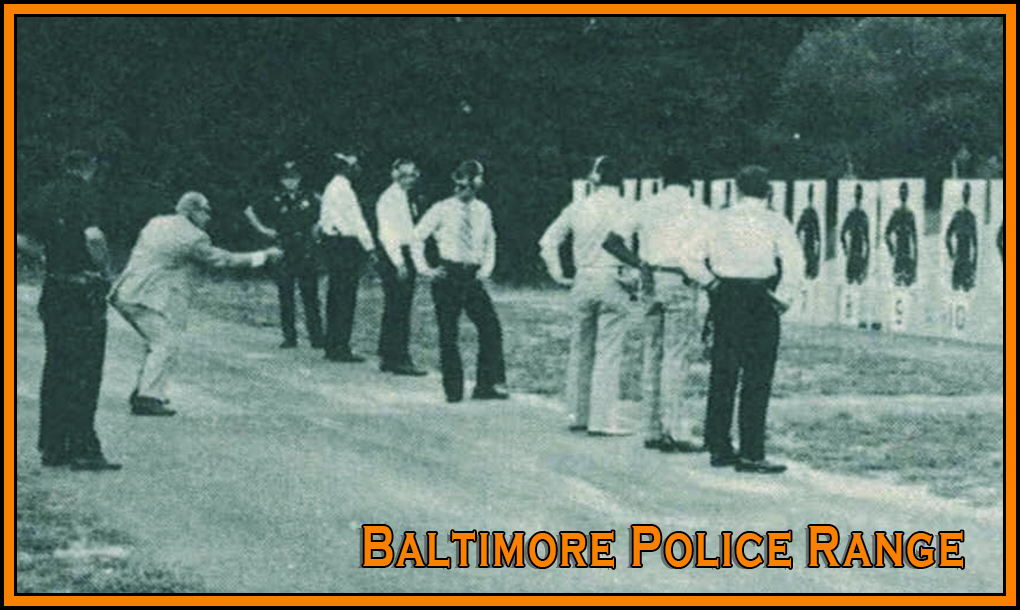
![]()

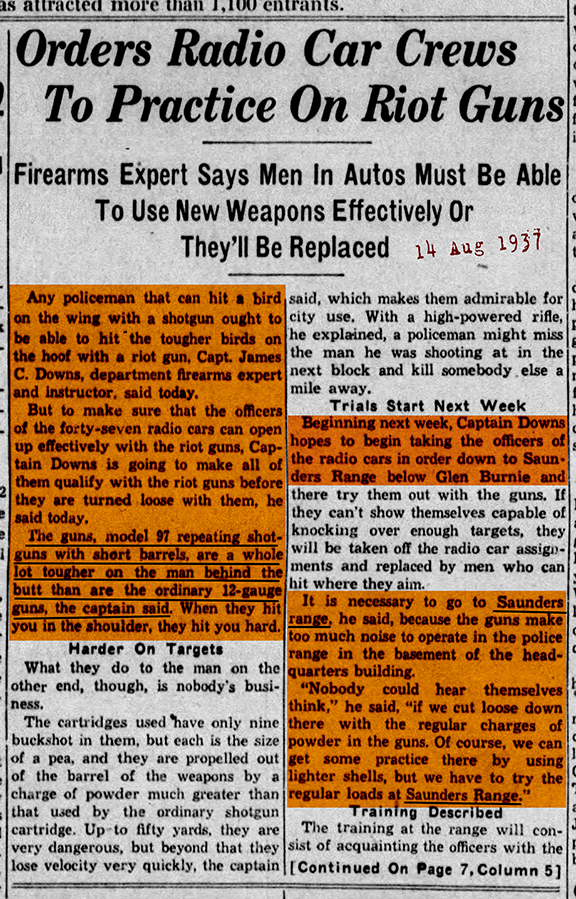 To read the above article in full size click HERE or on the article
To read the above article in full size click HERE or on the article![]()


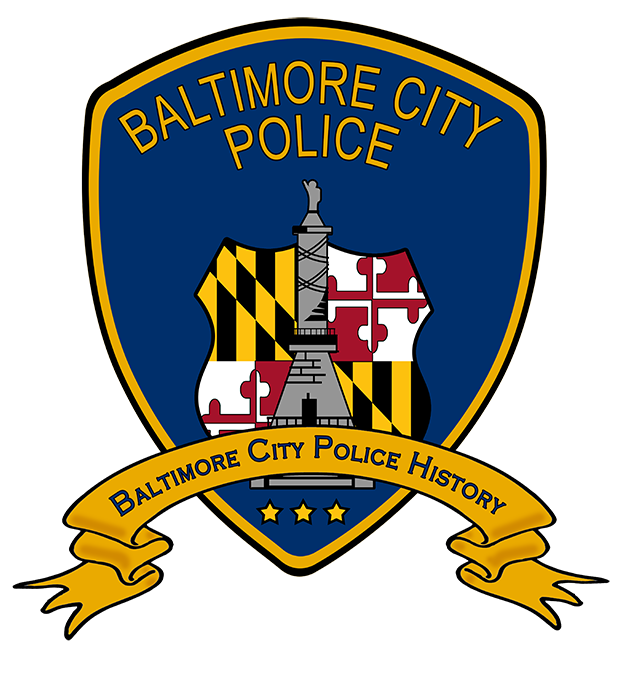
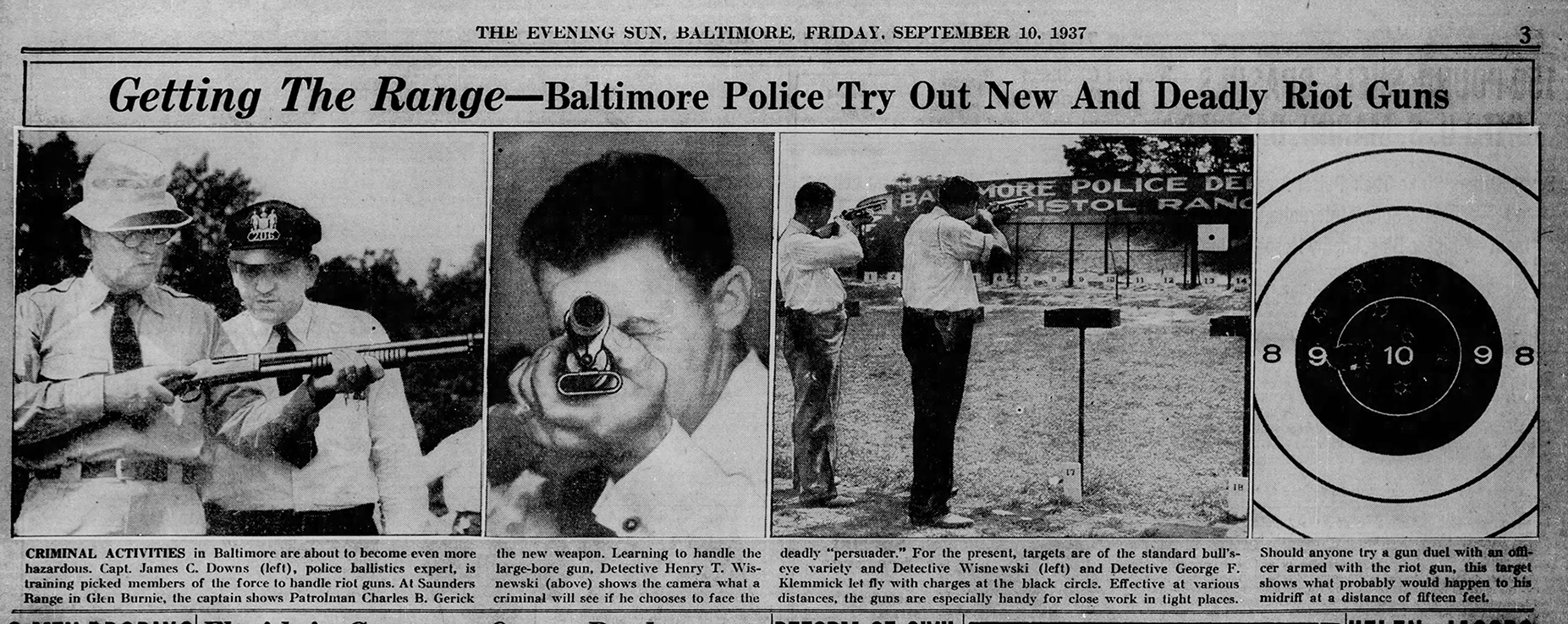

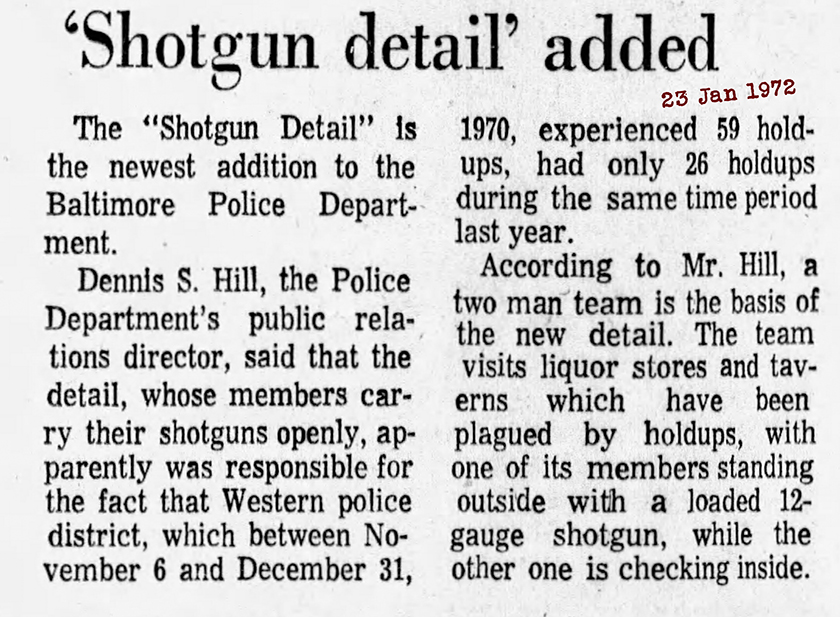
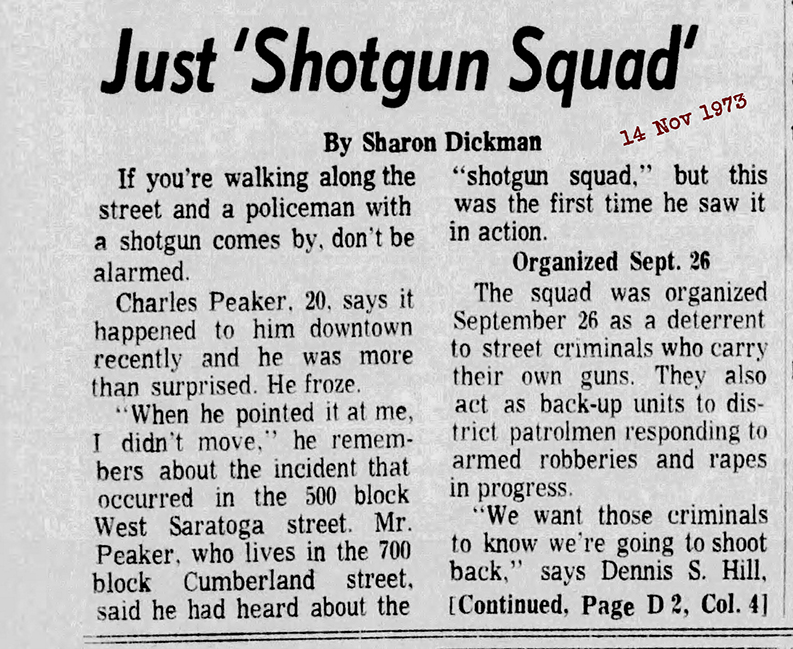
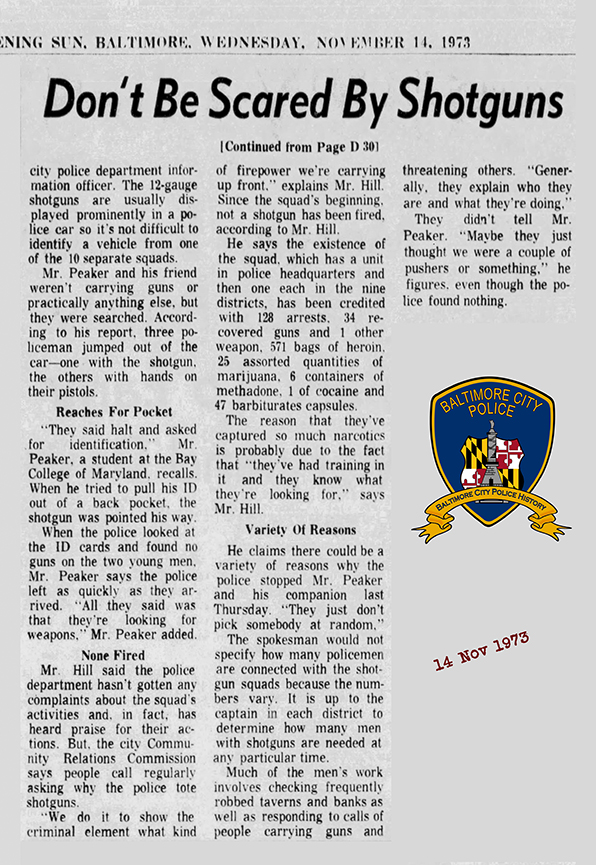

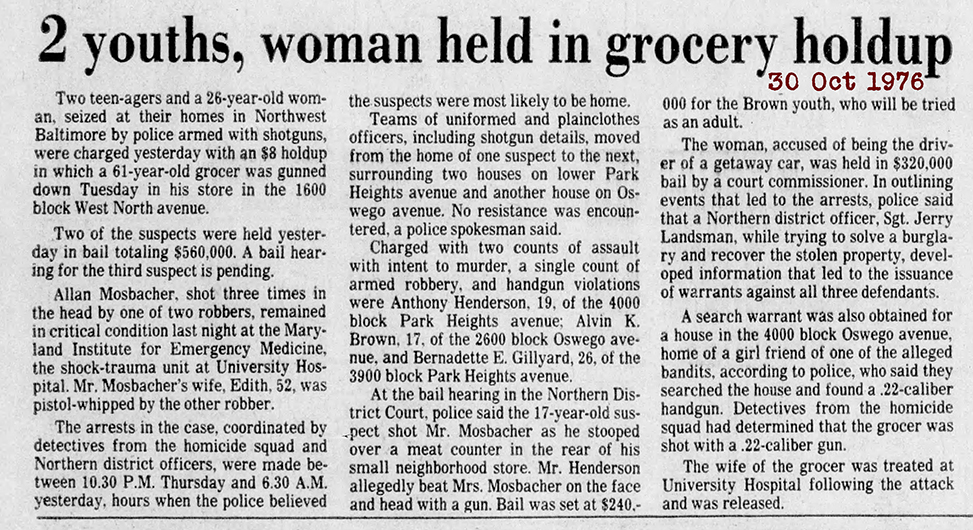

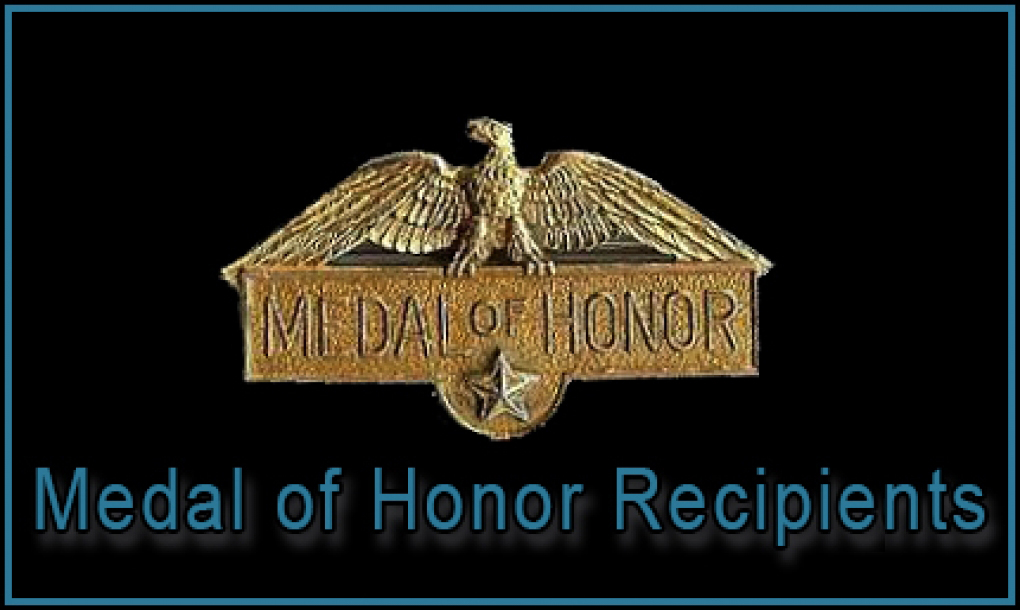

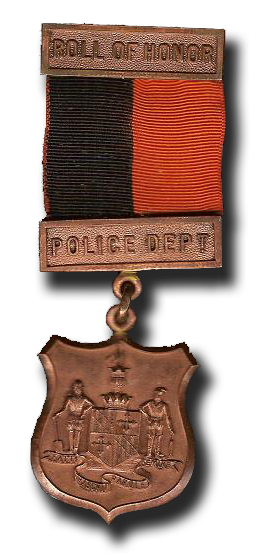
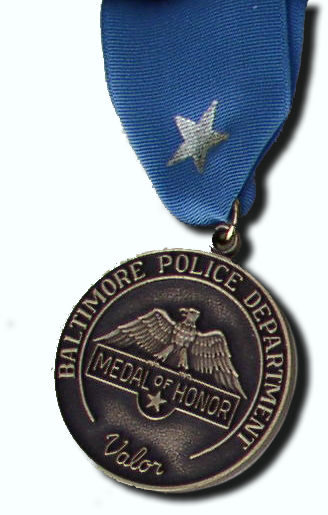
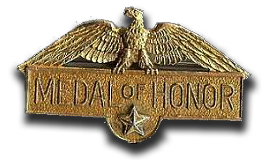

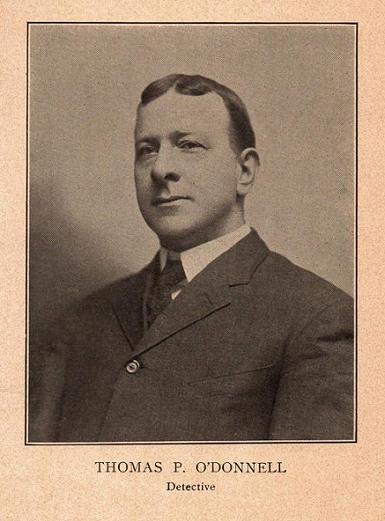
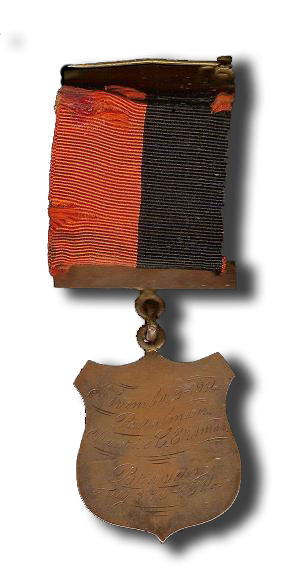
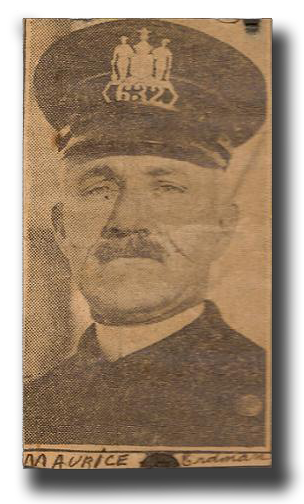
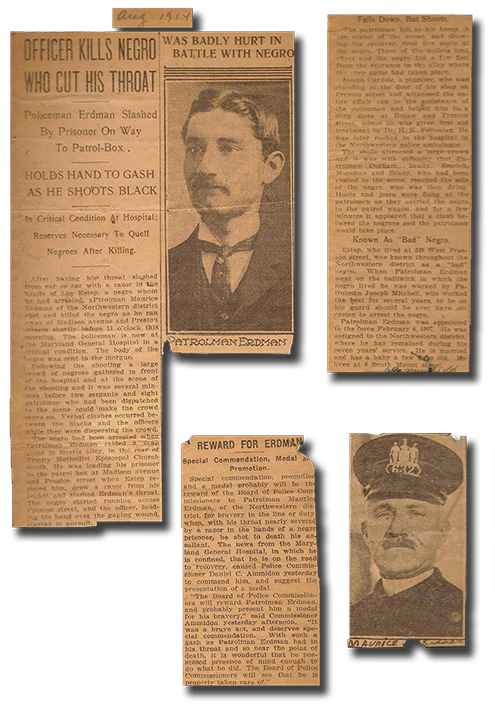
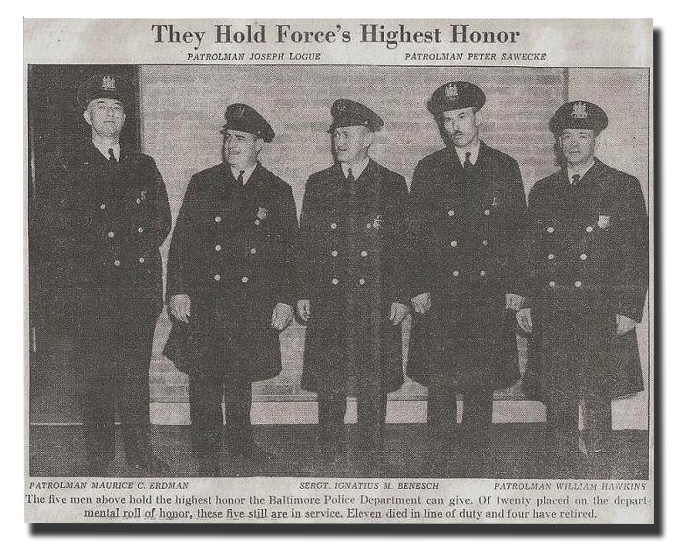

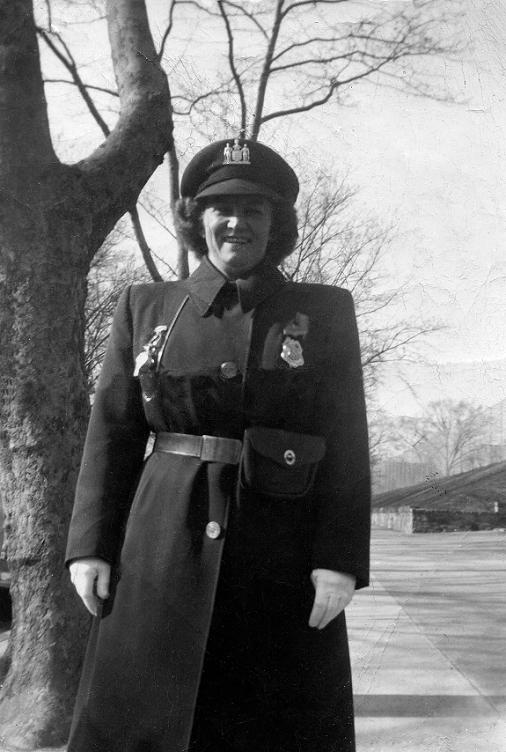
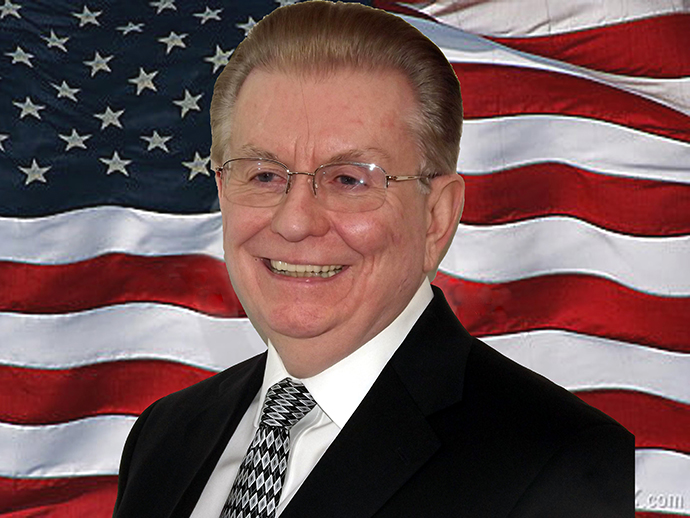
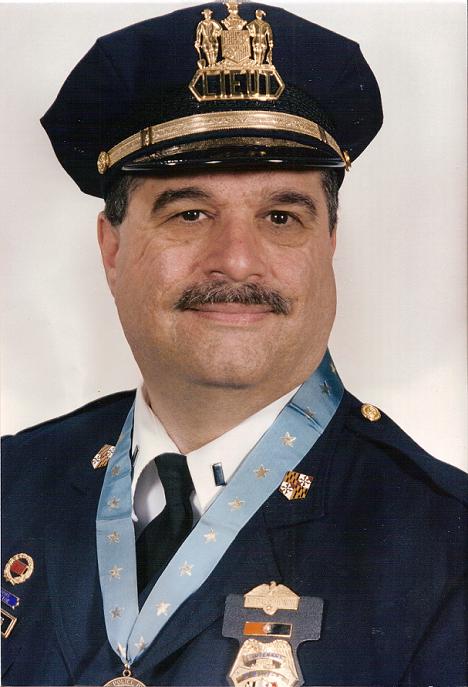
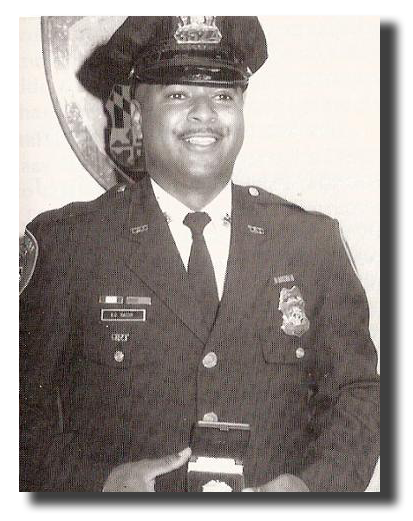
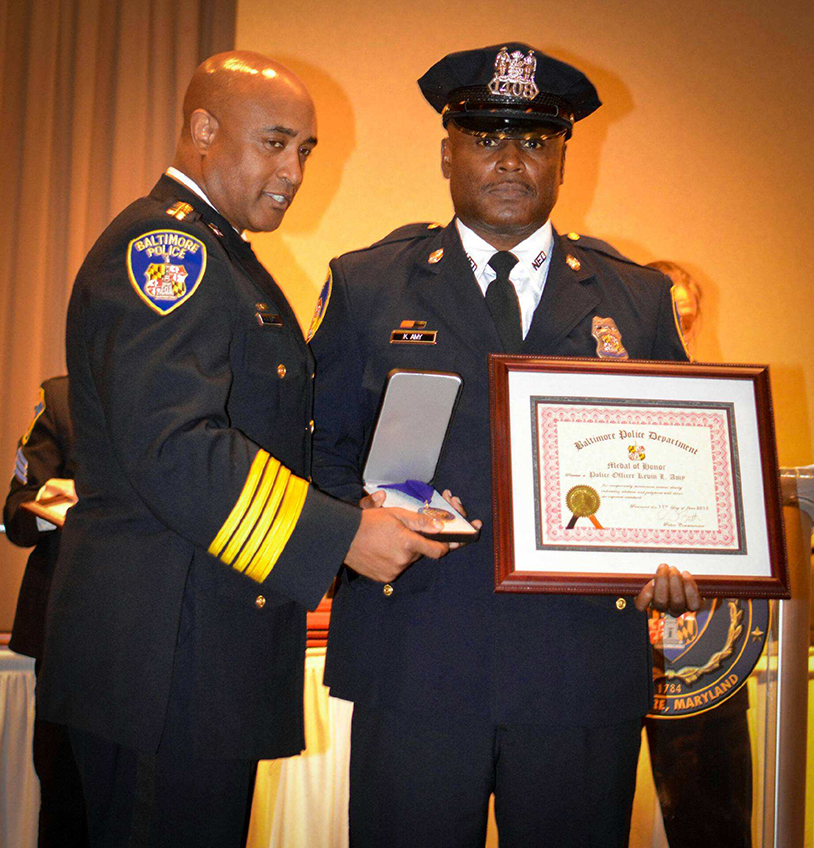
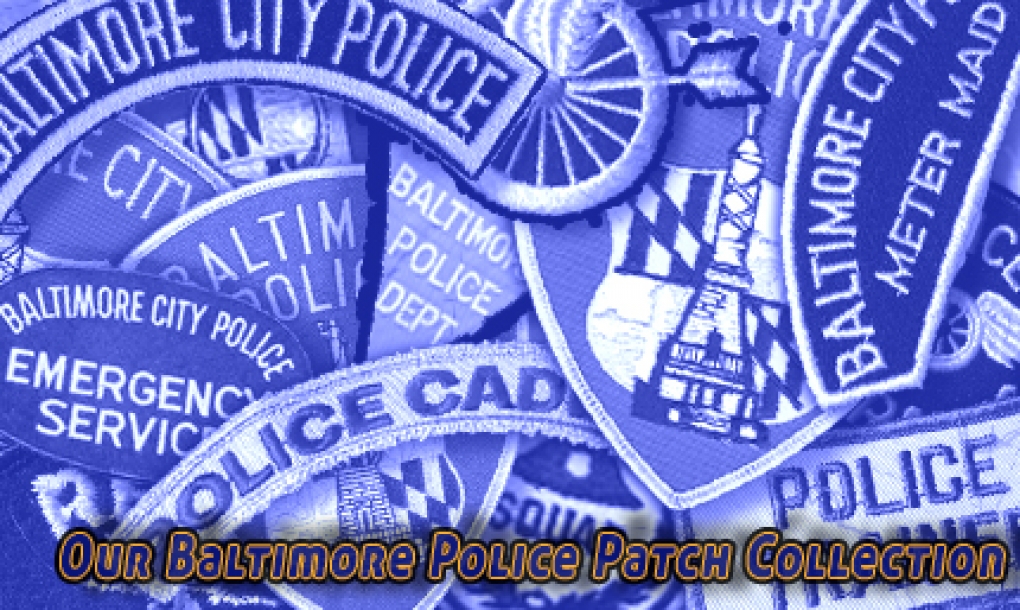
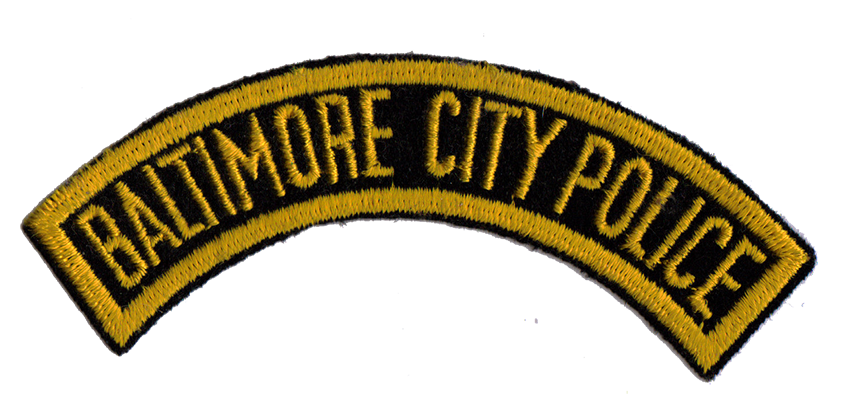
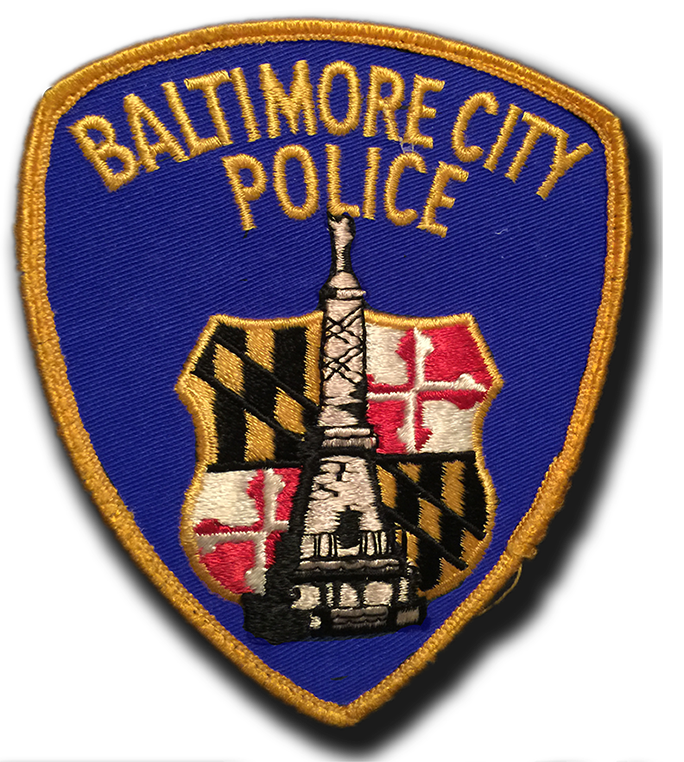
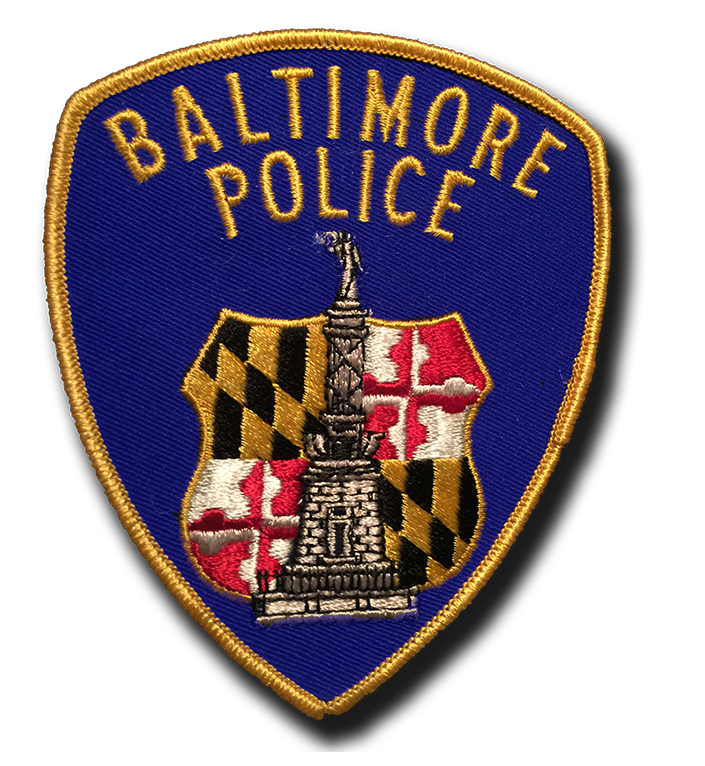
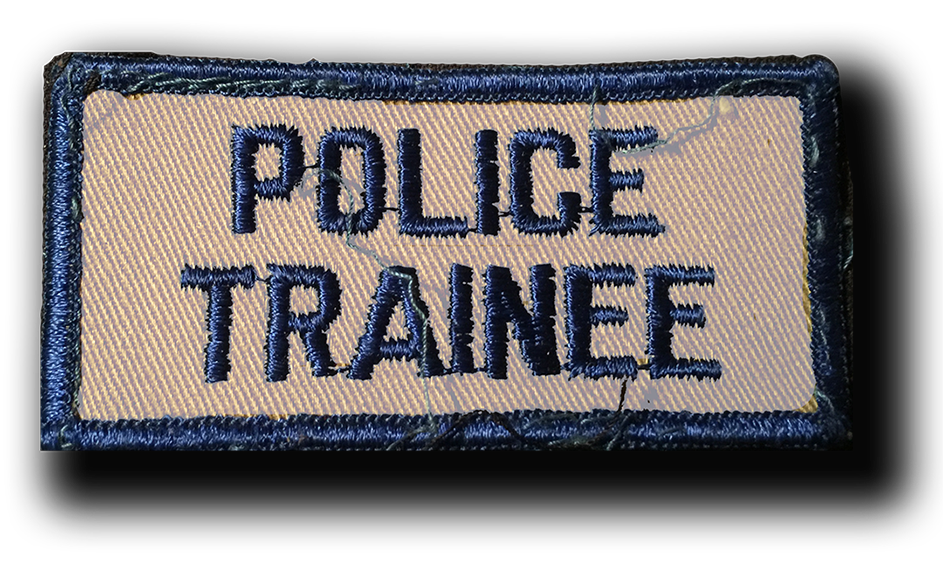
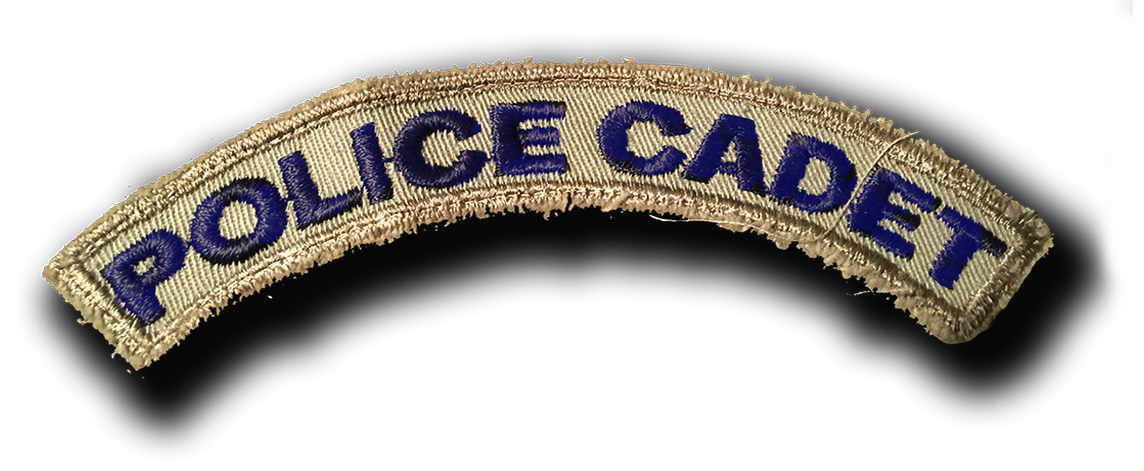
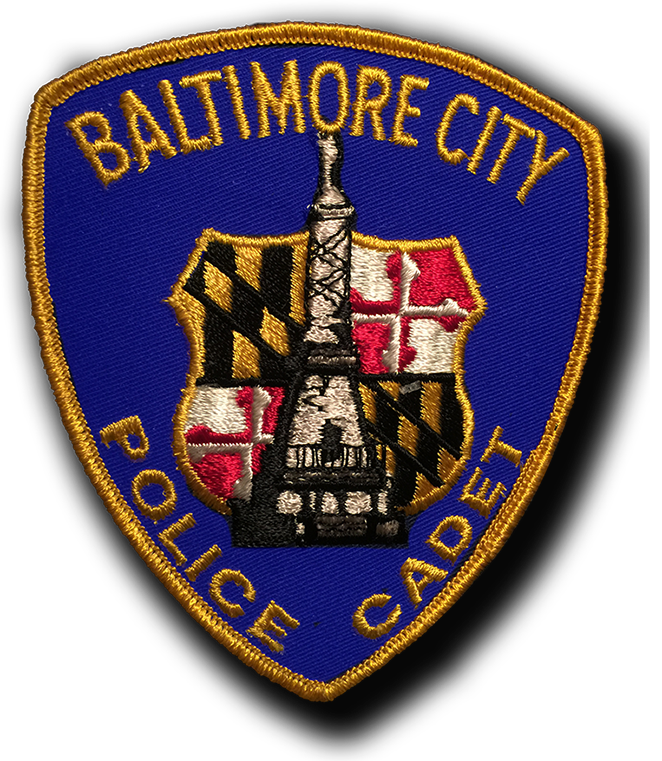
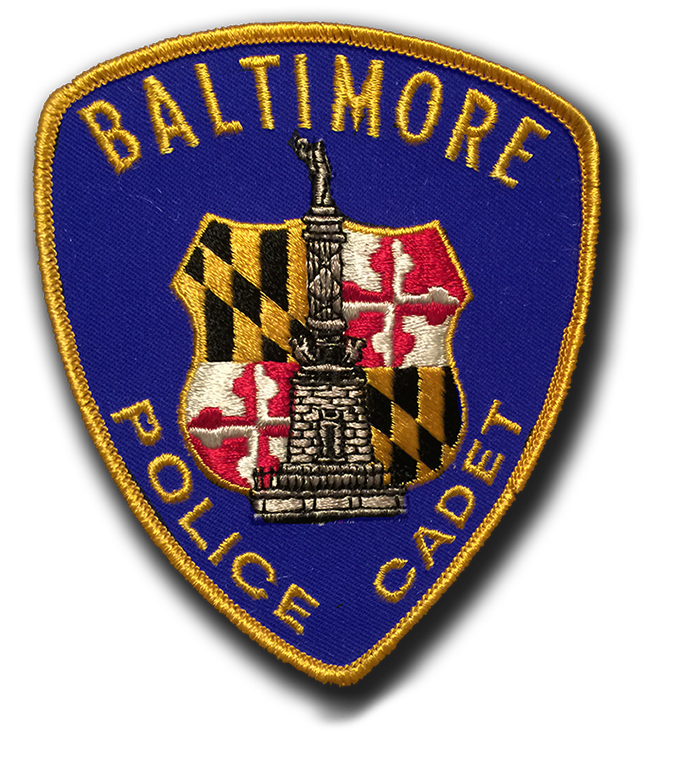
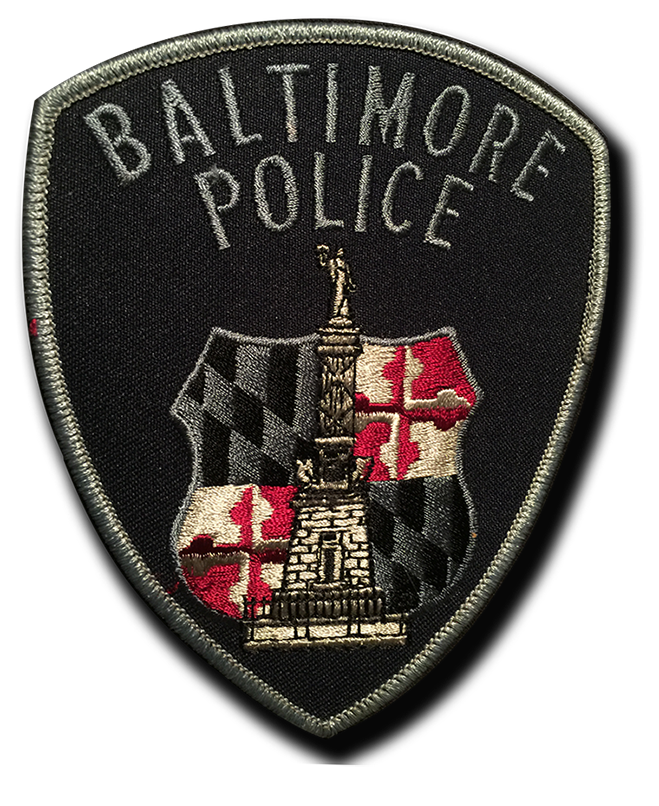
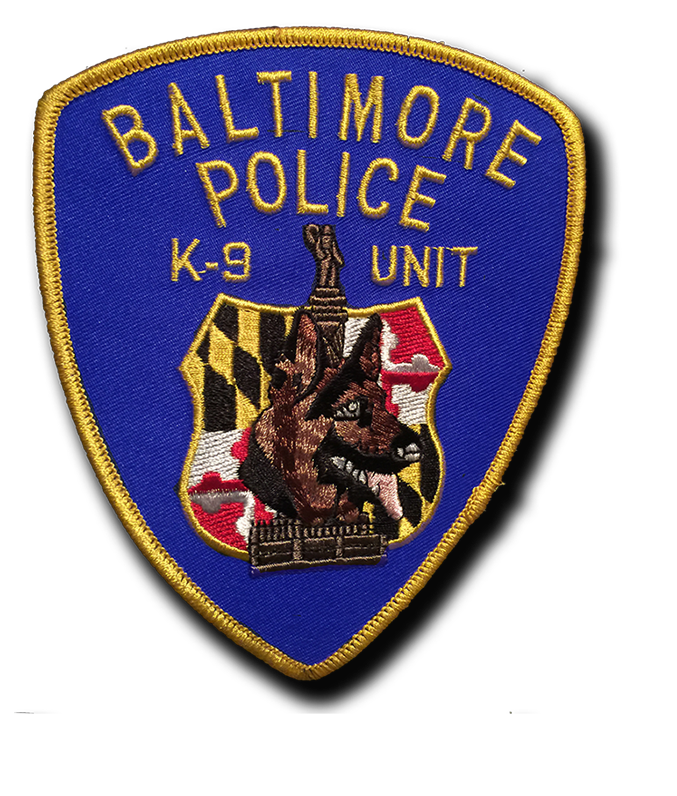
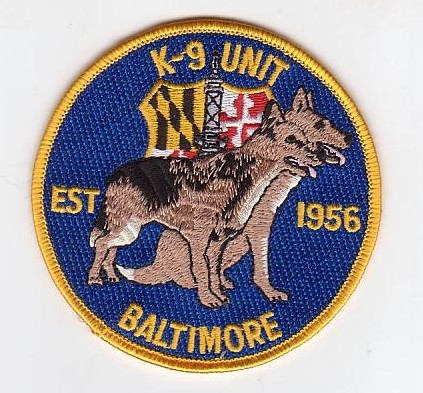
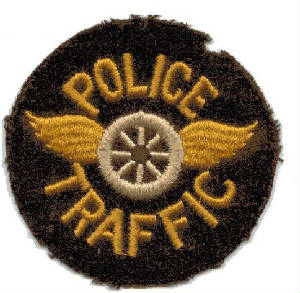
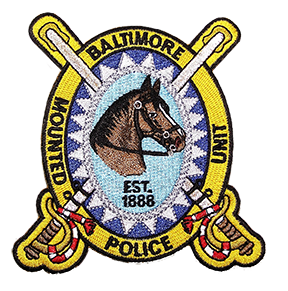
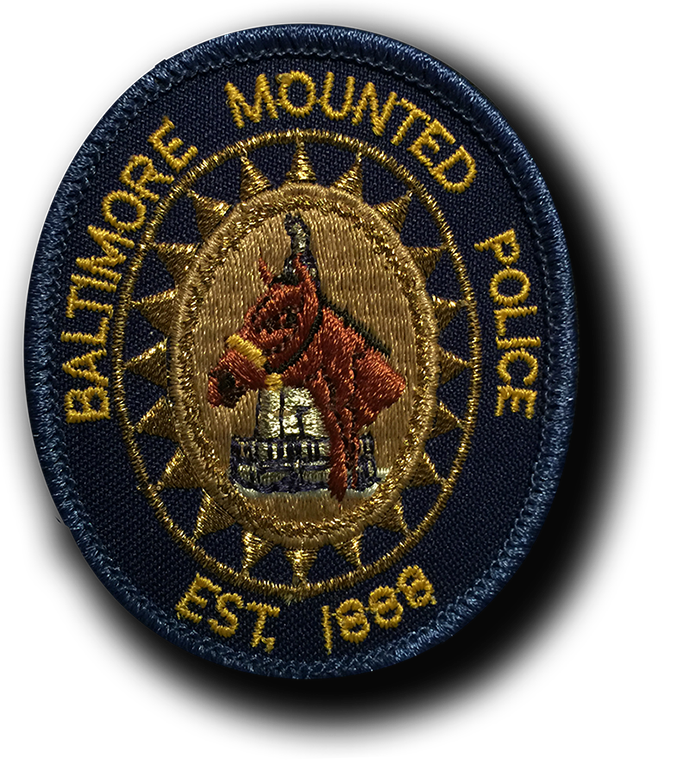
.jpg)
